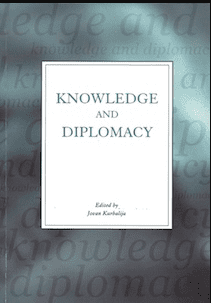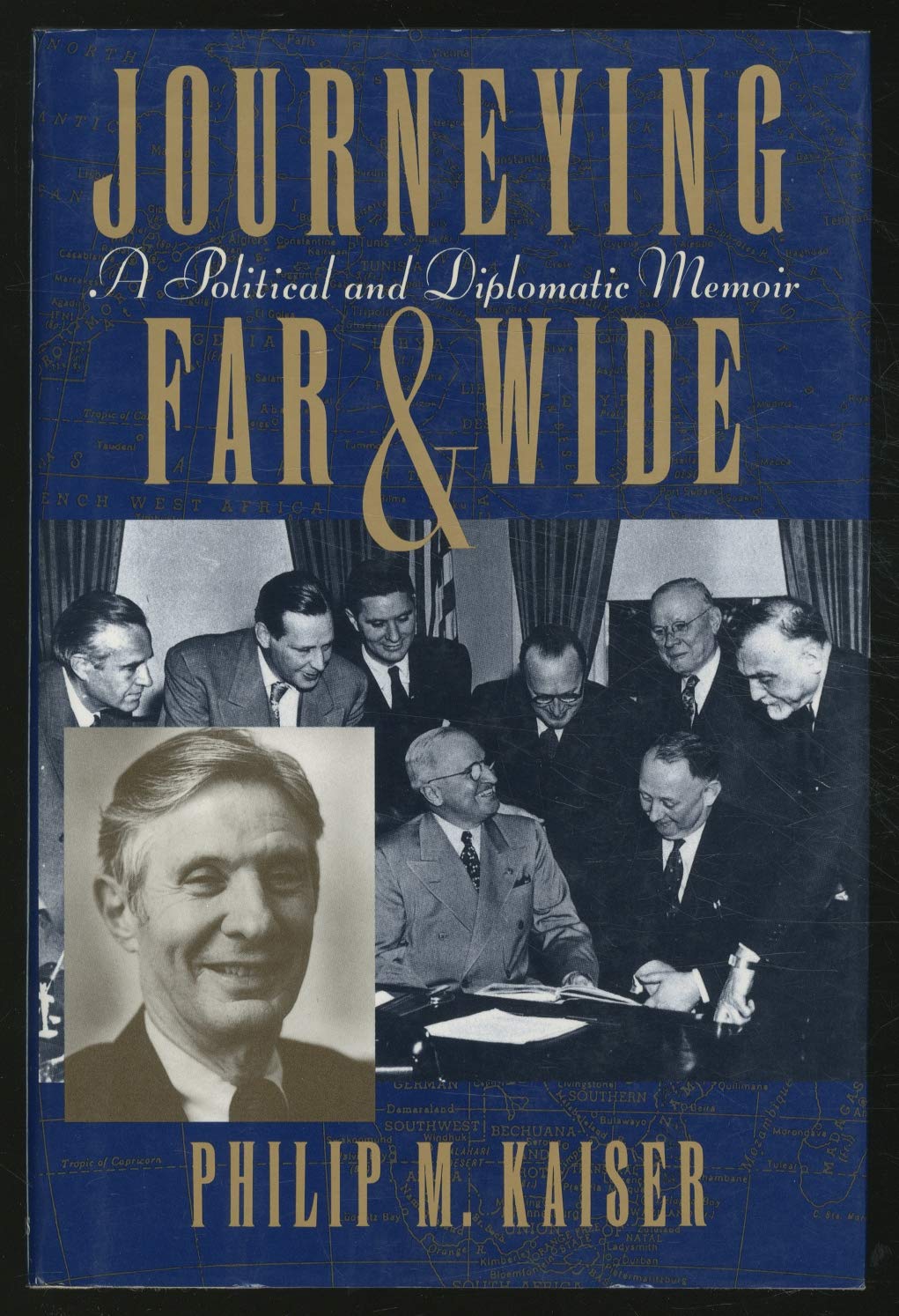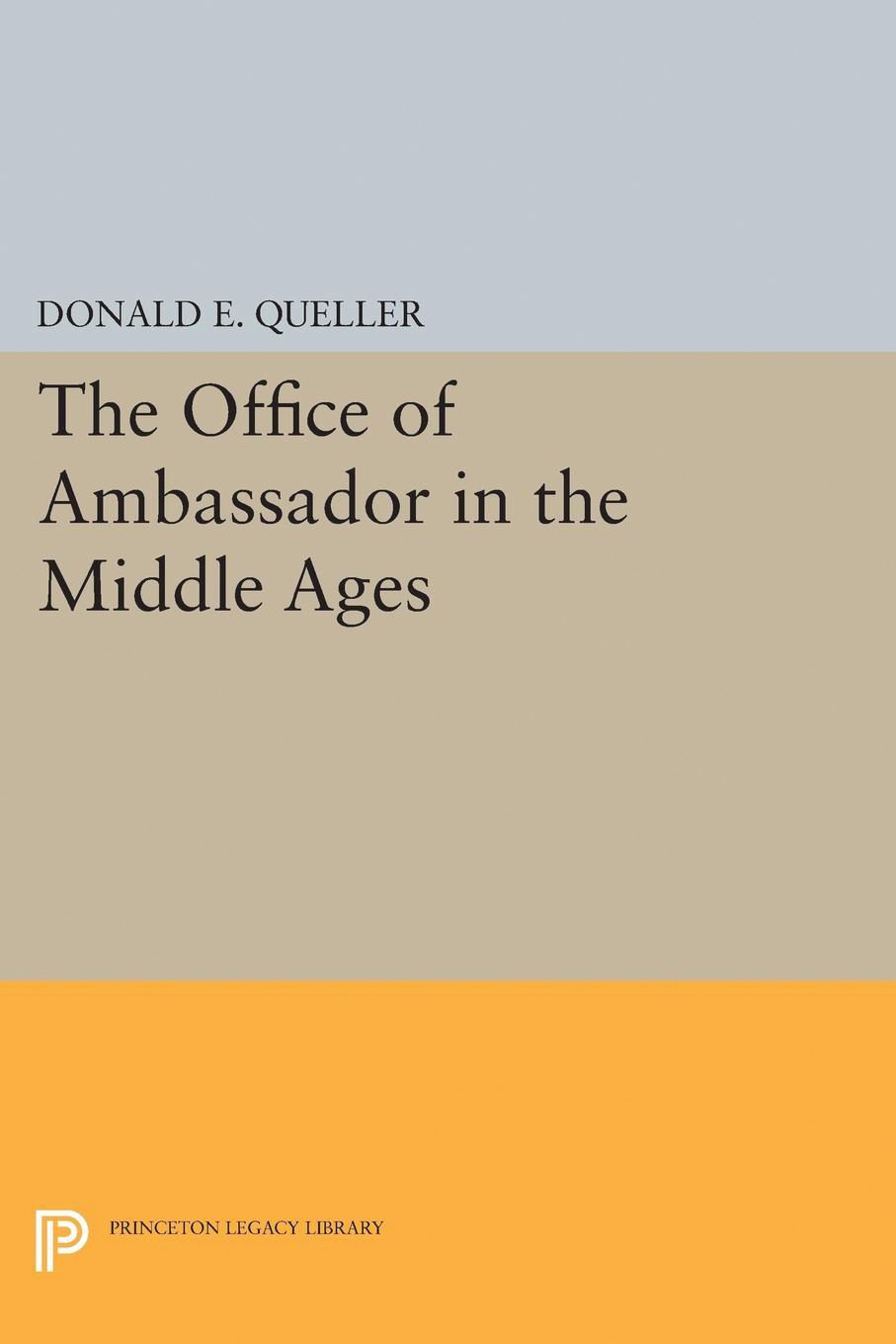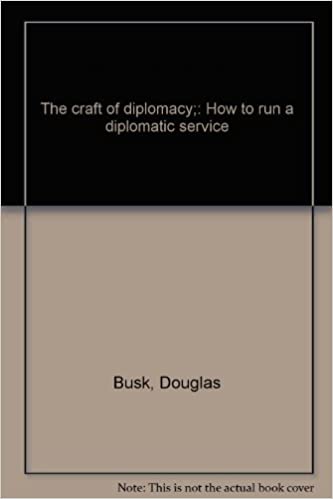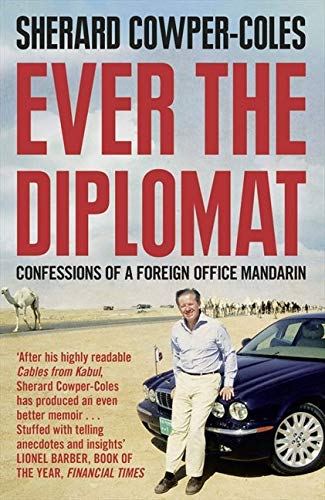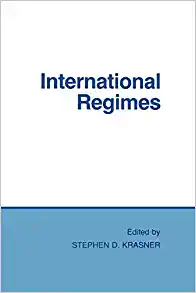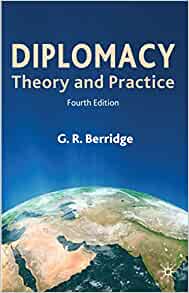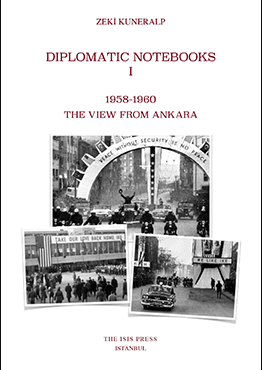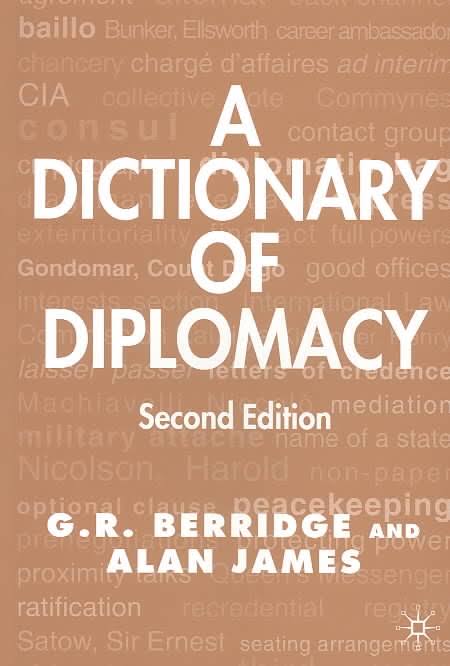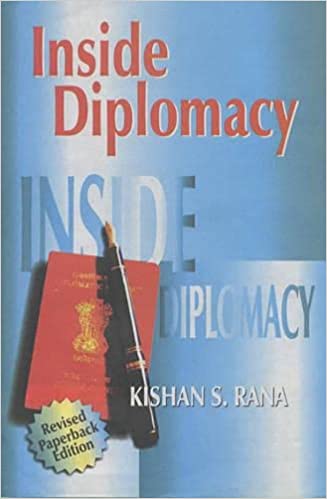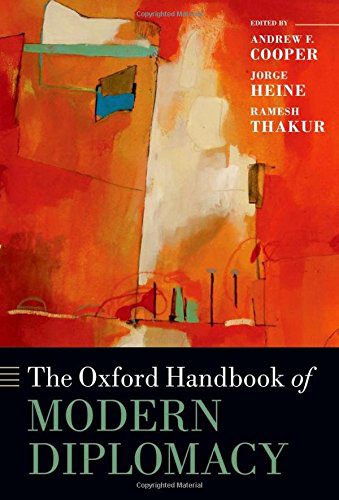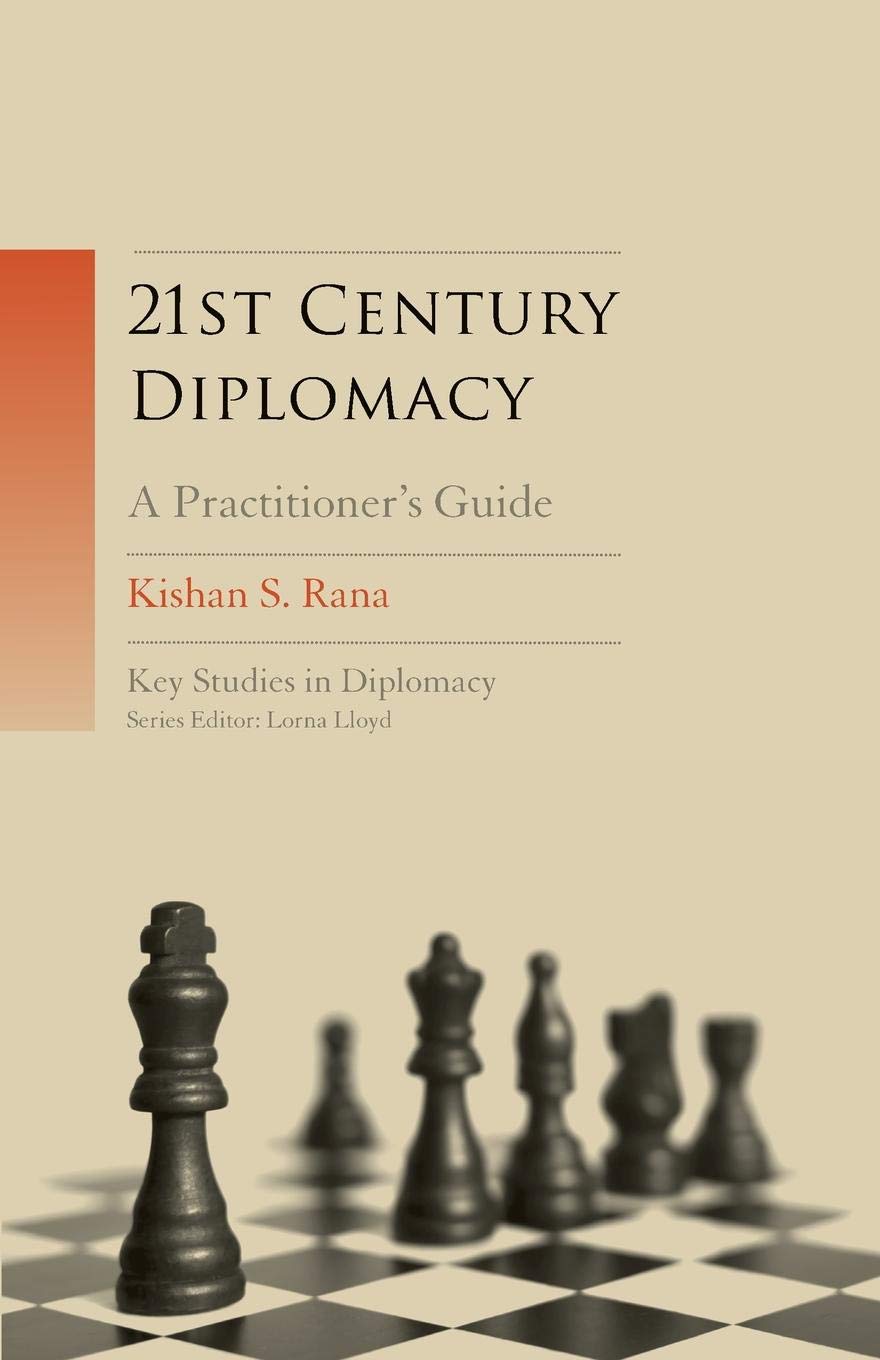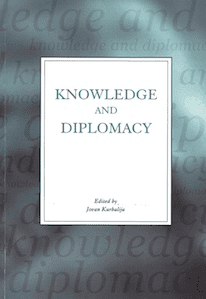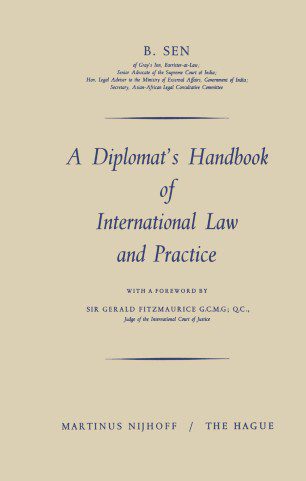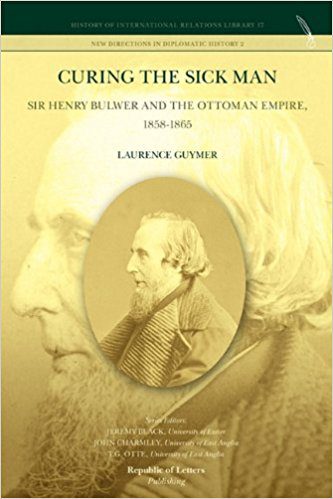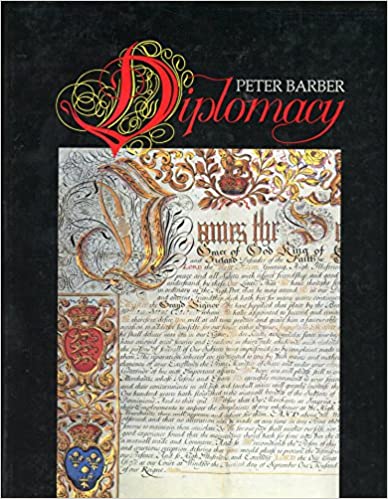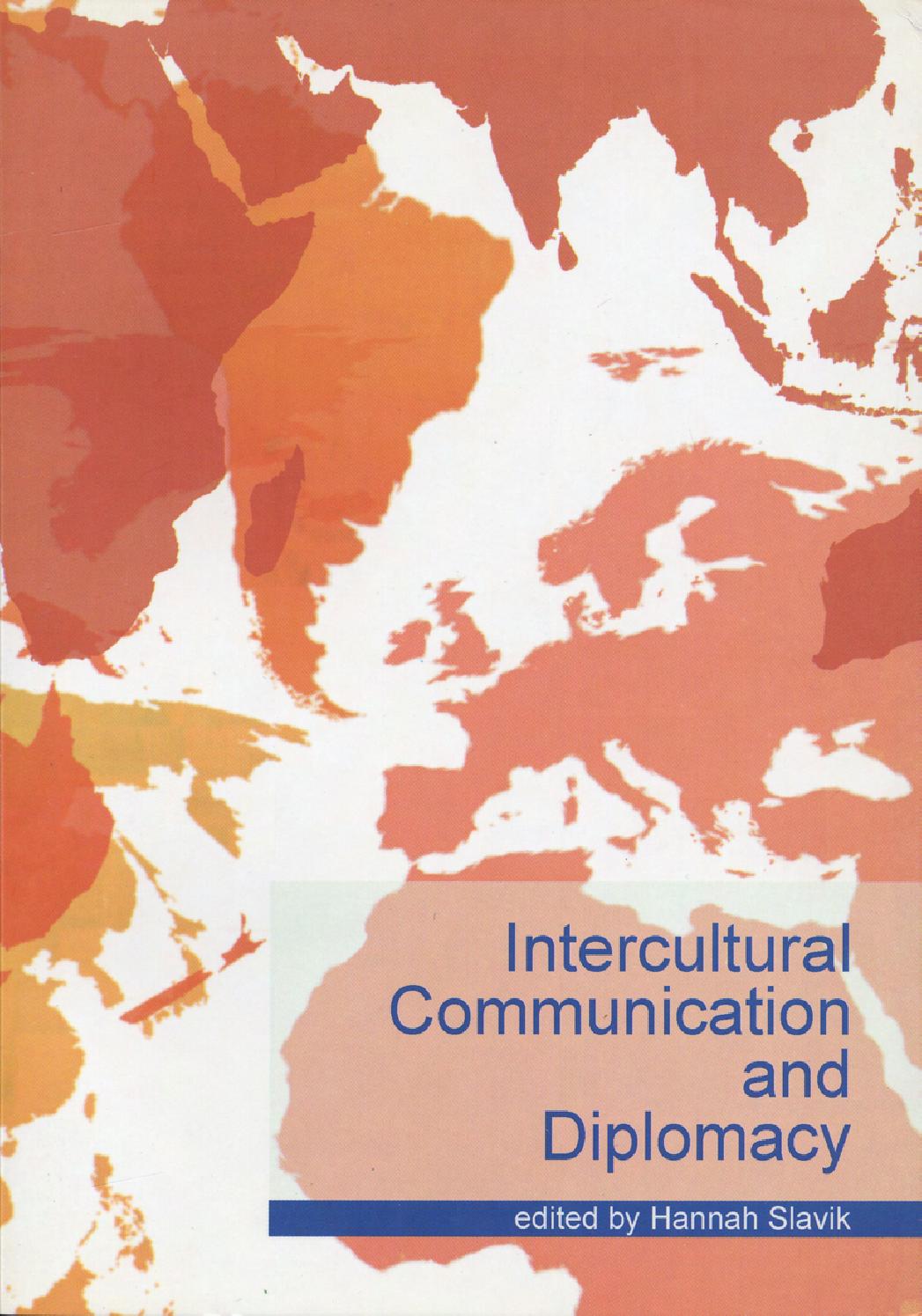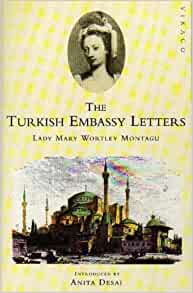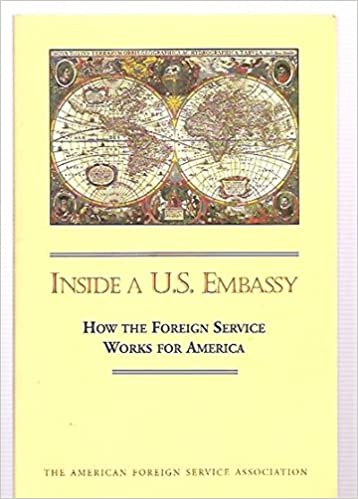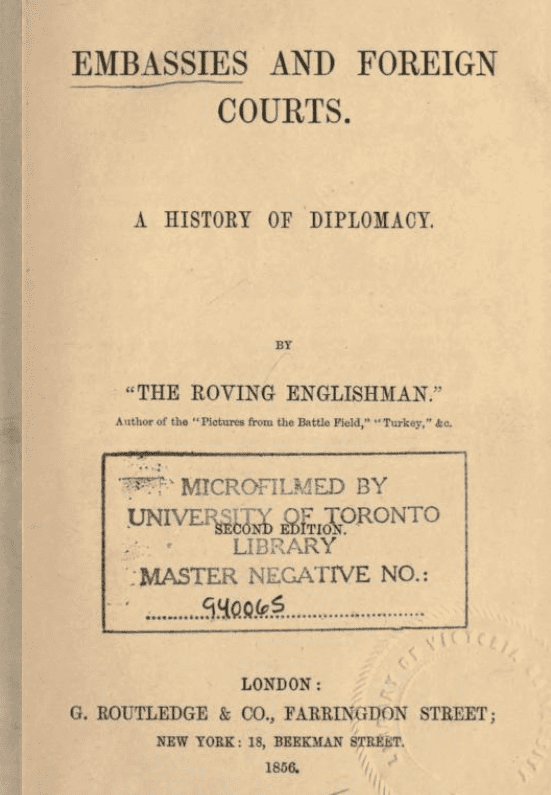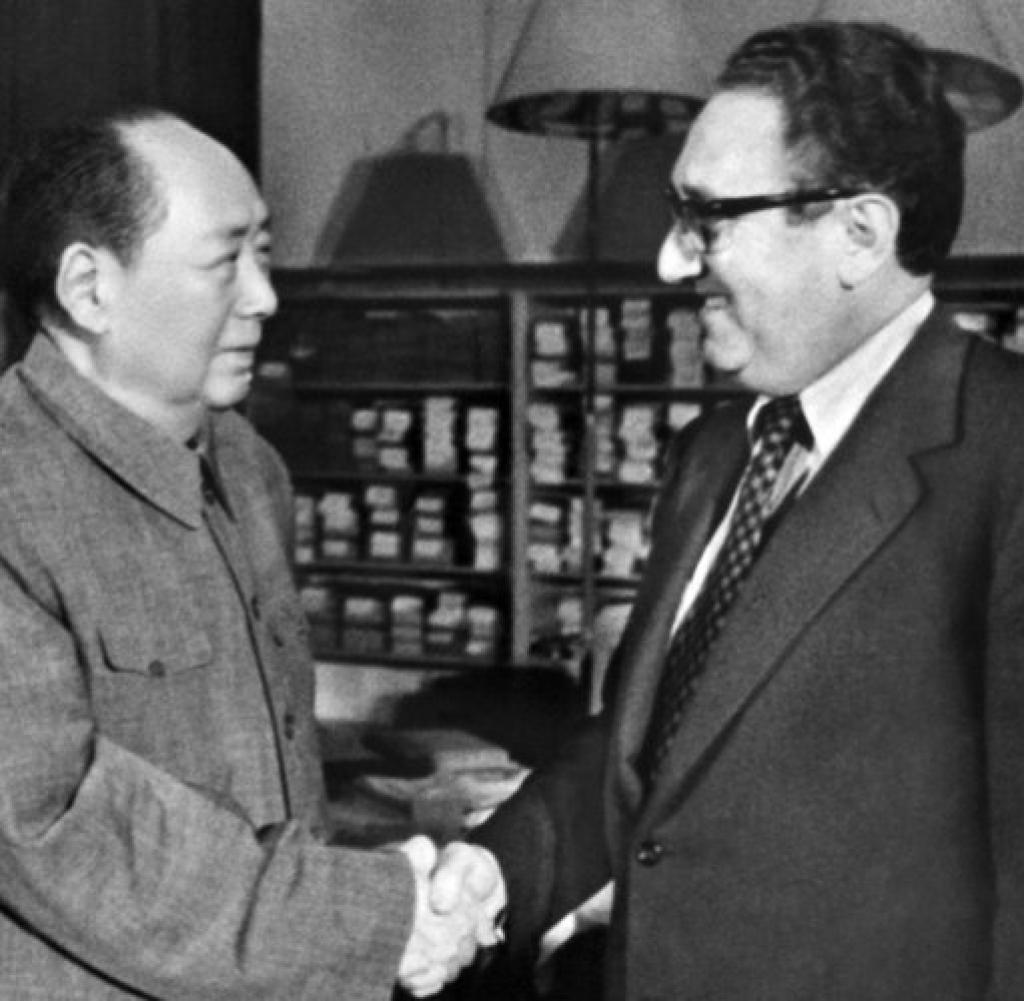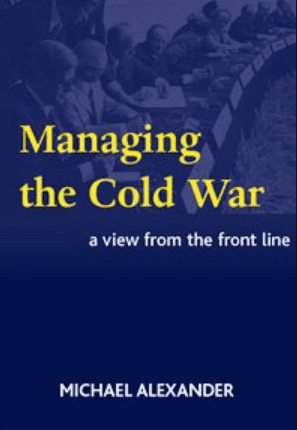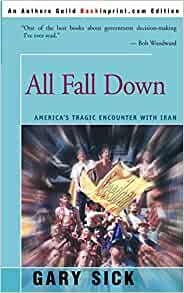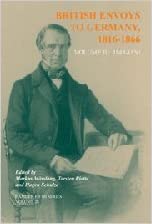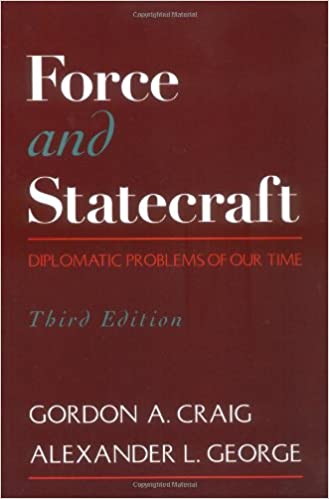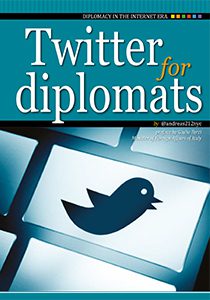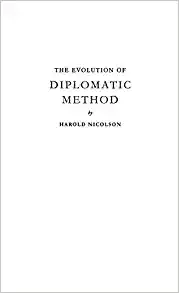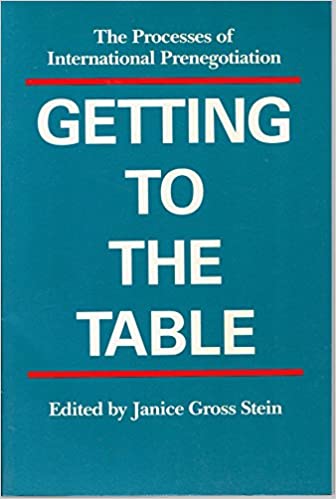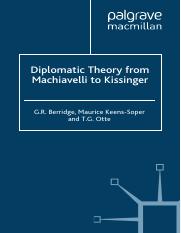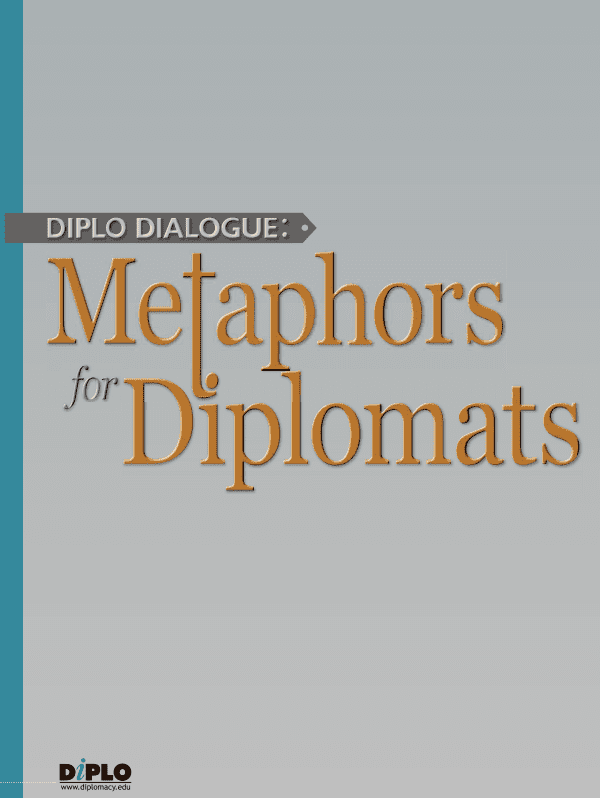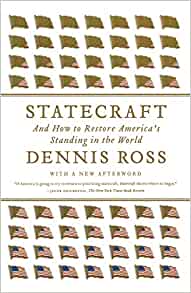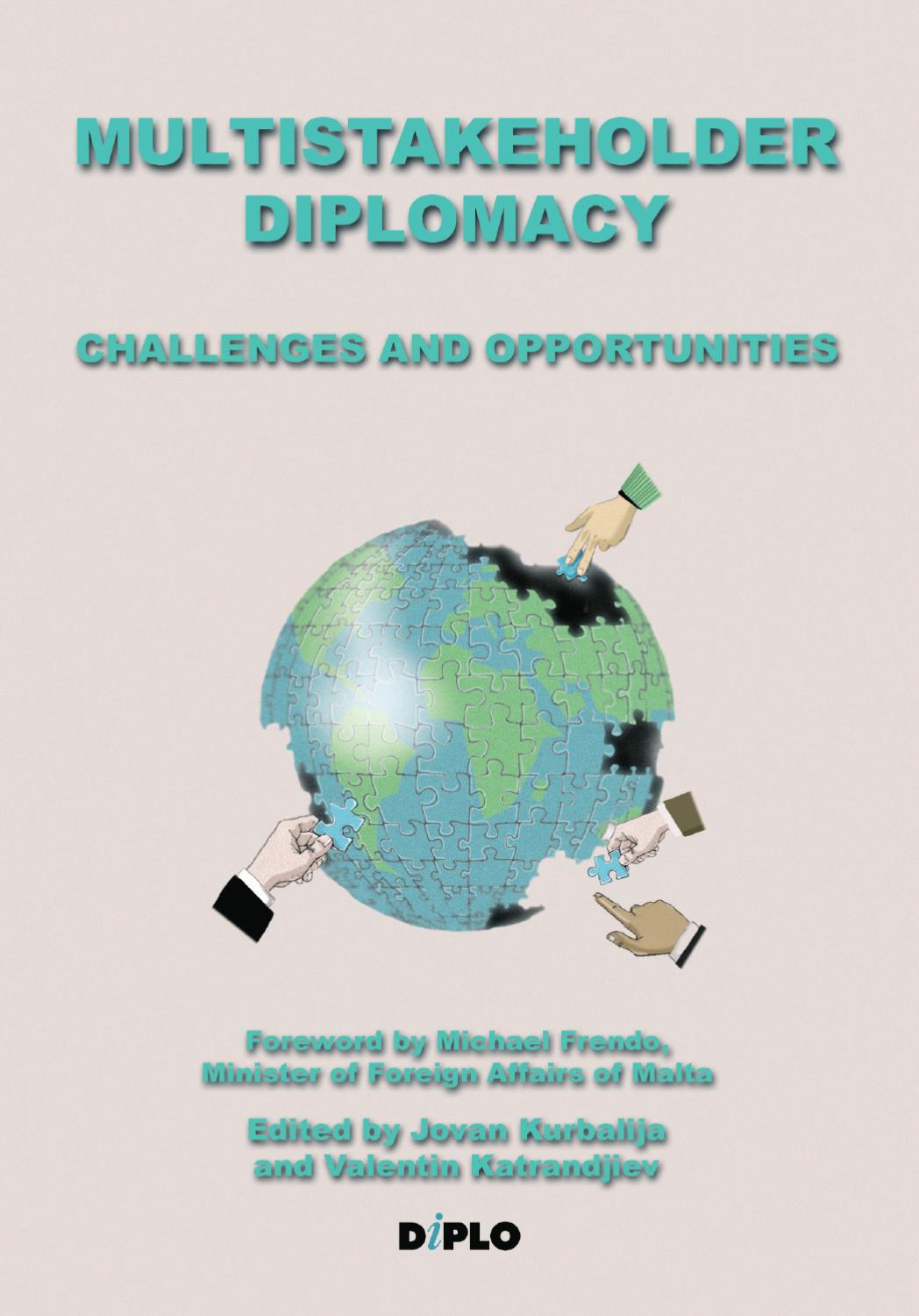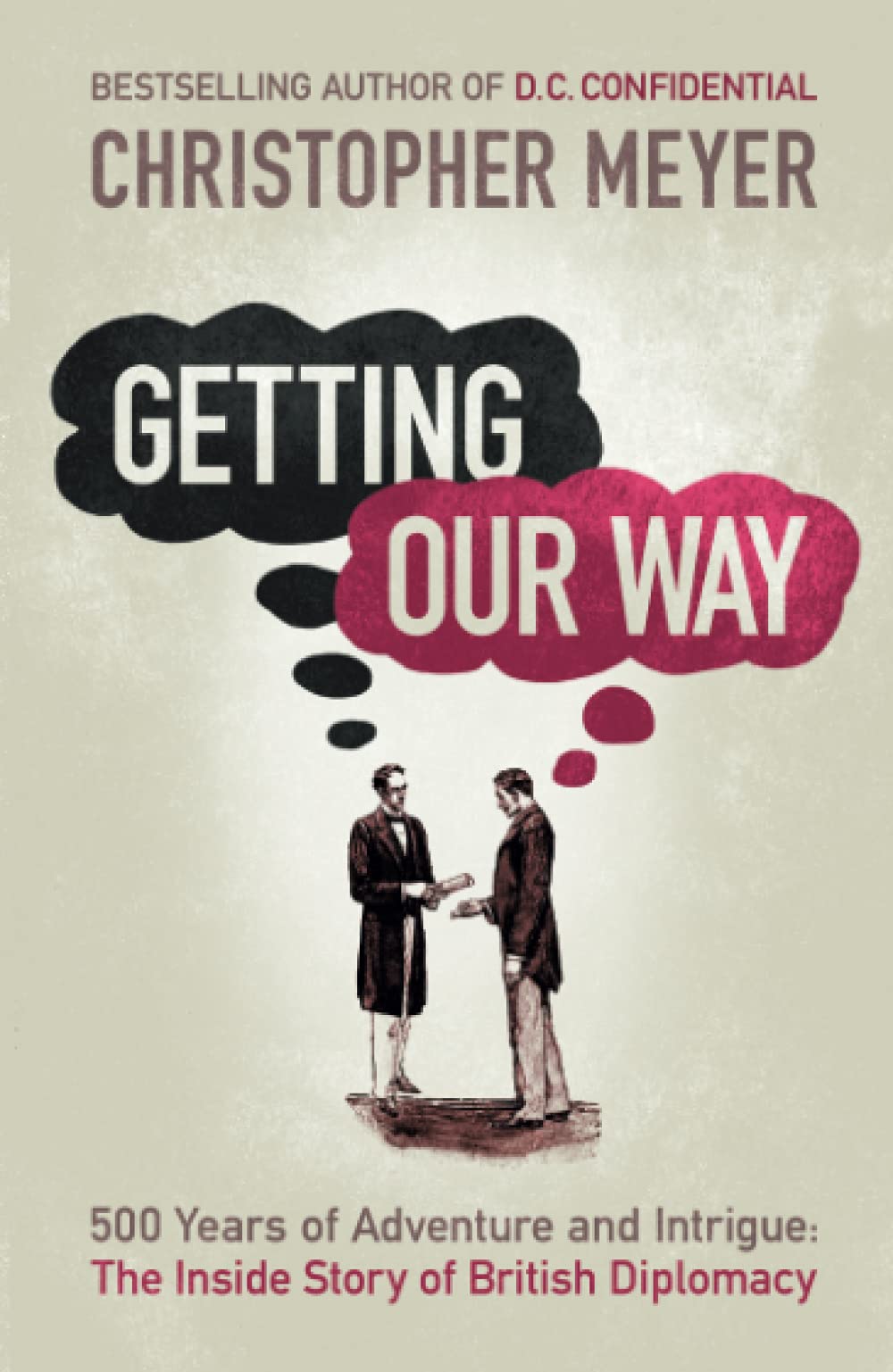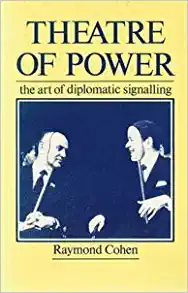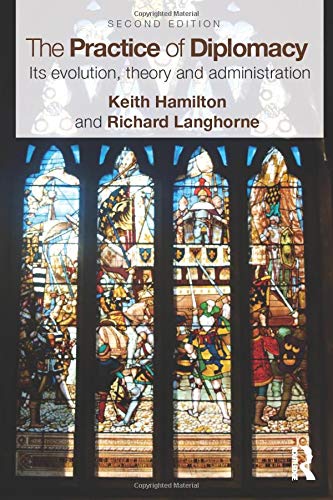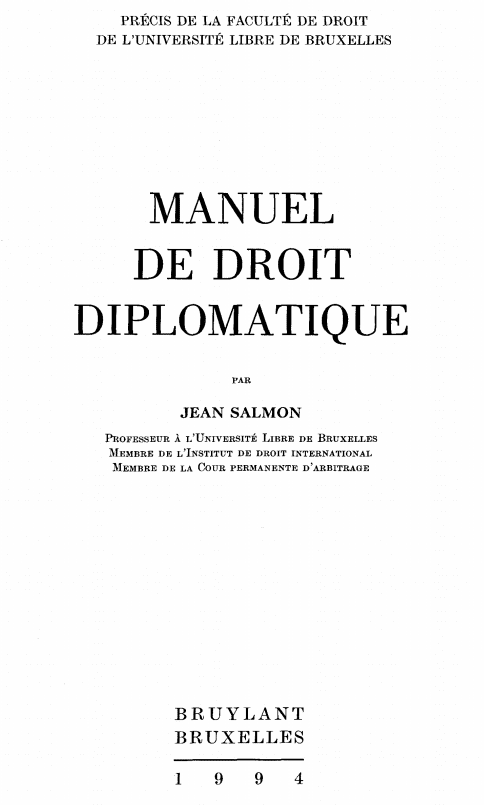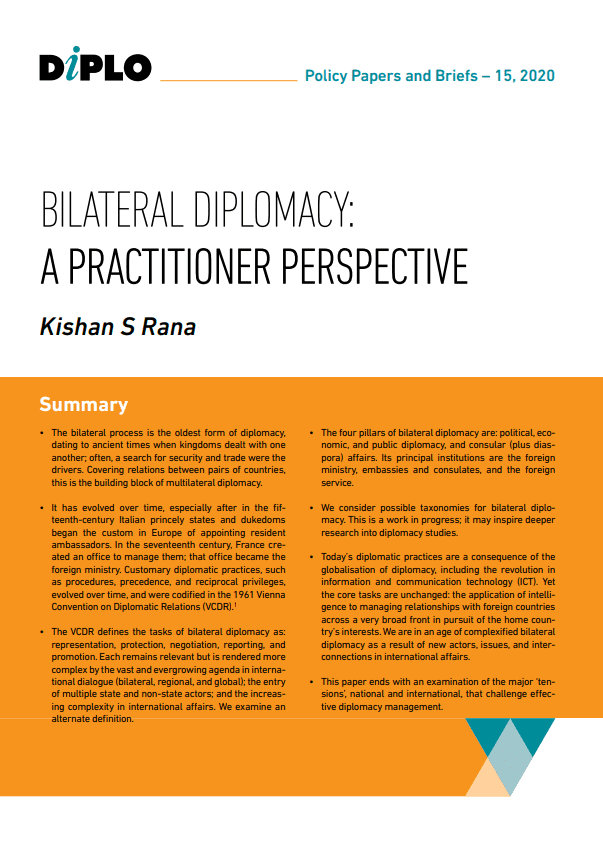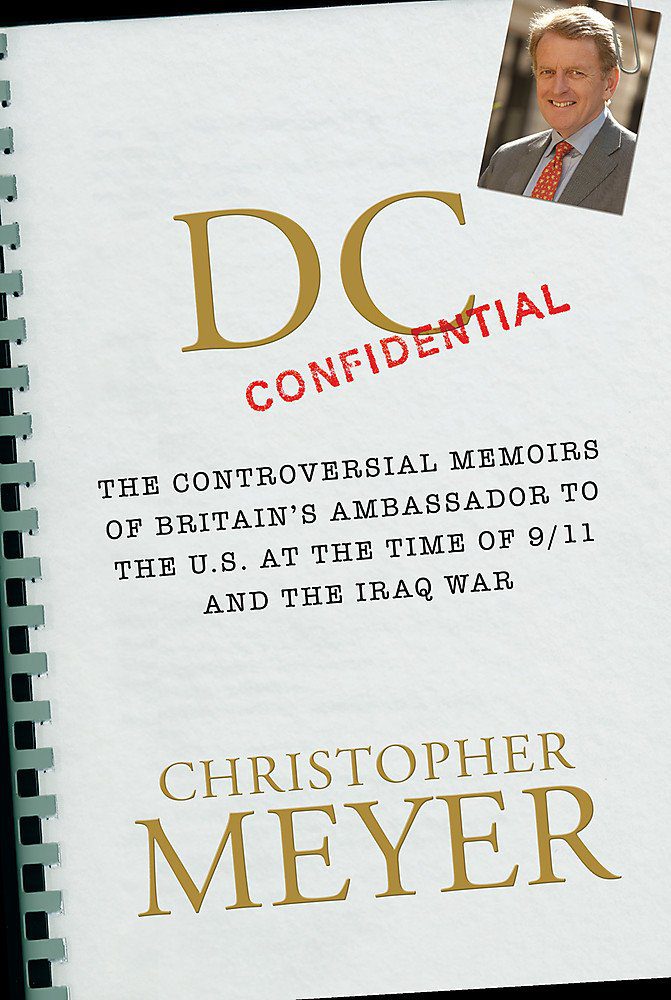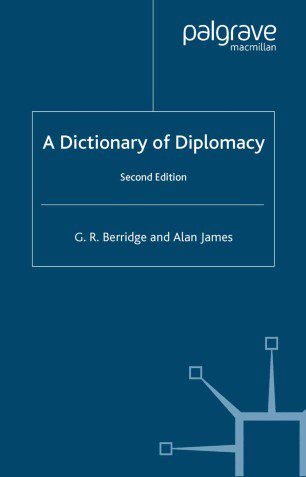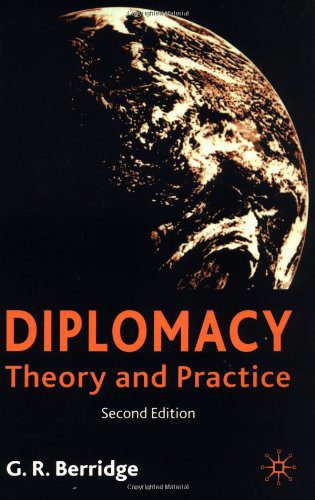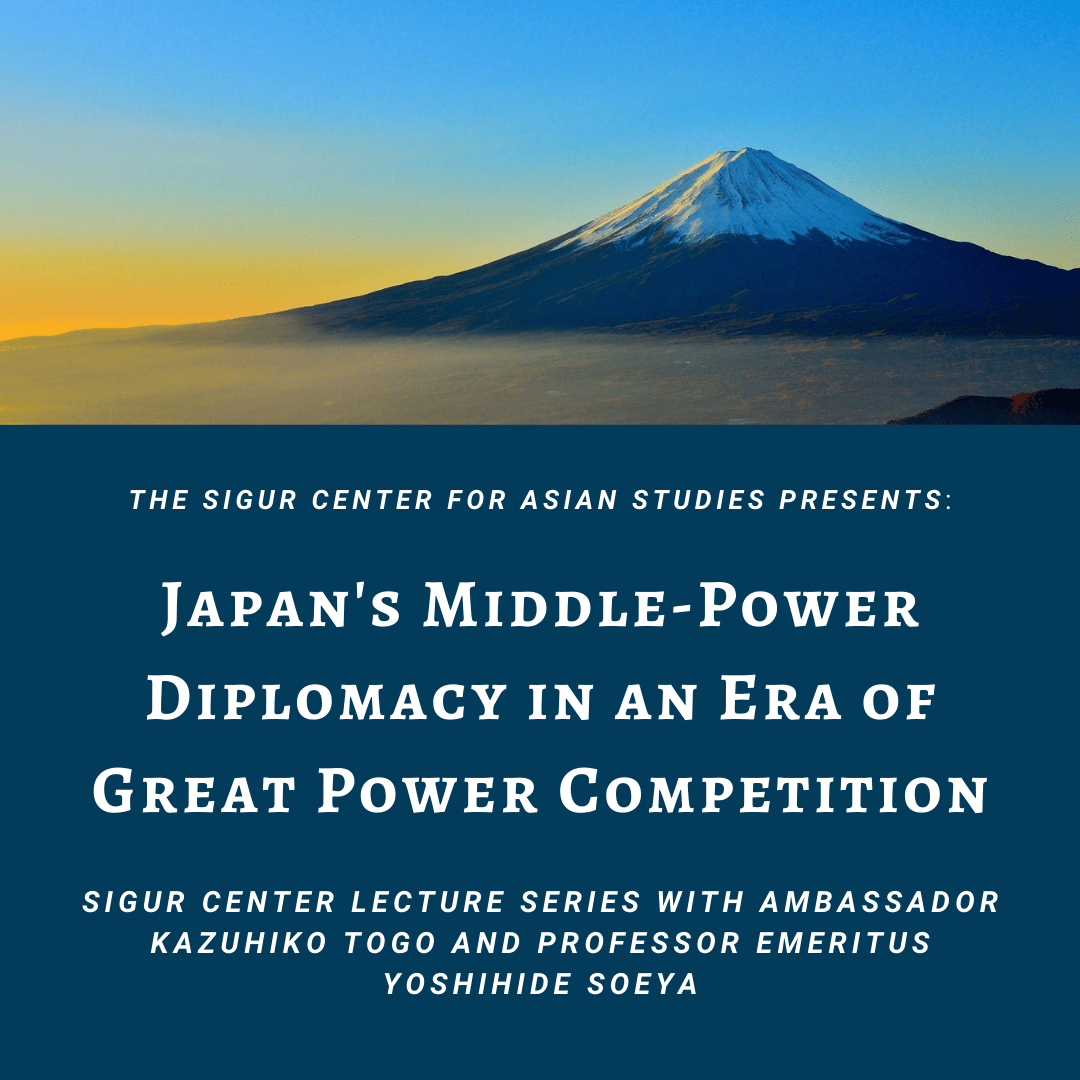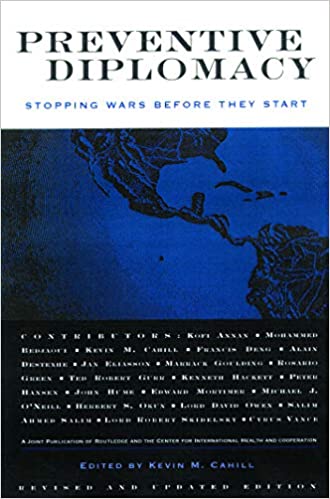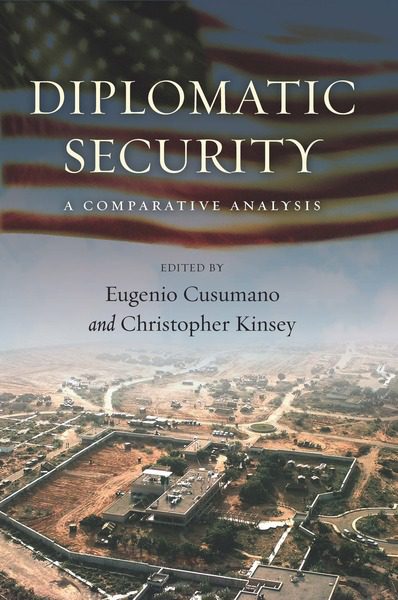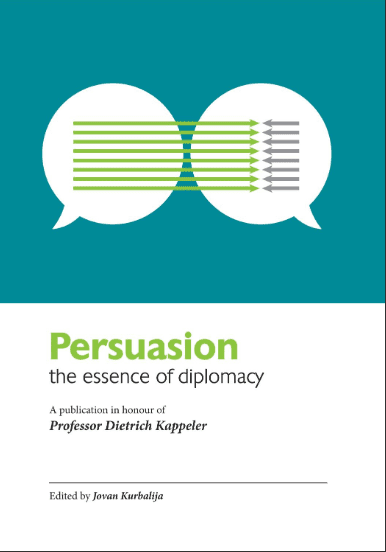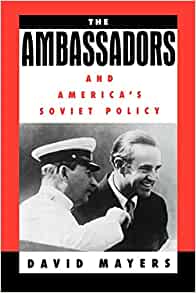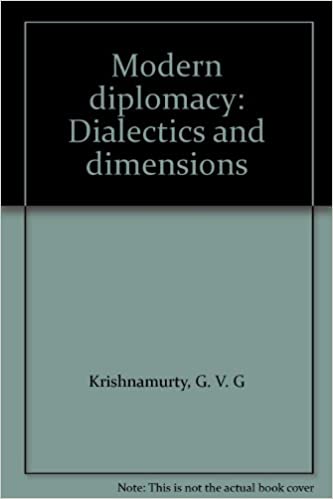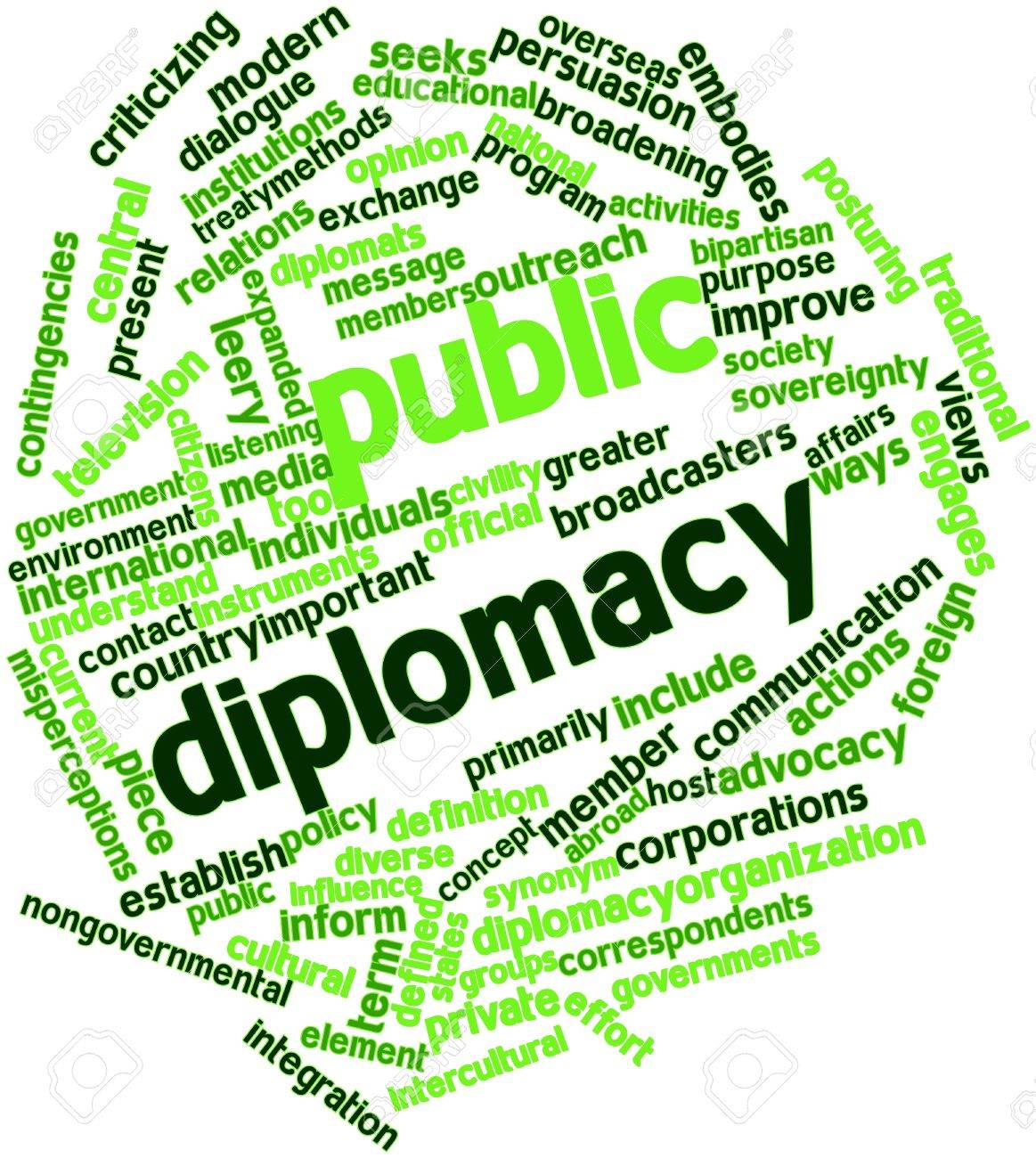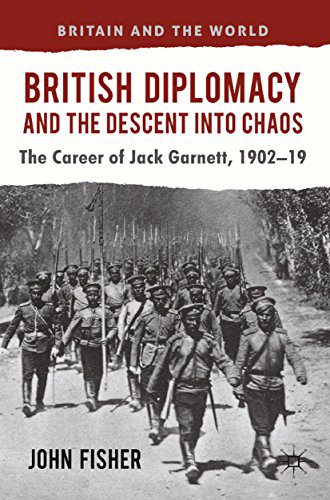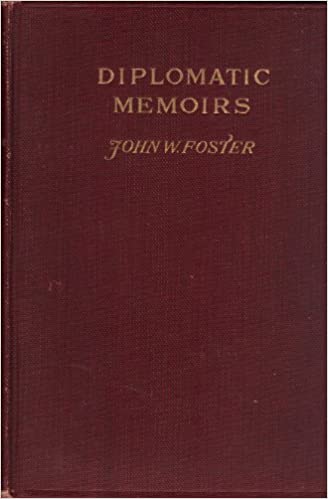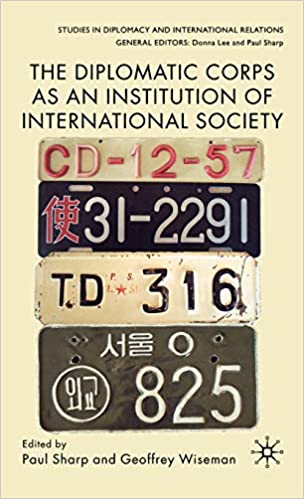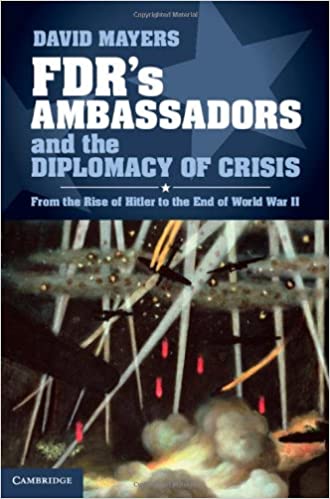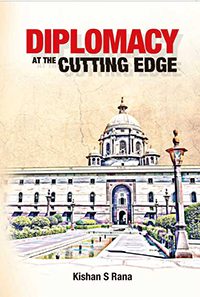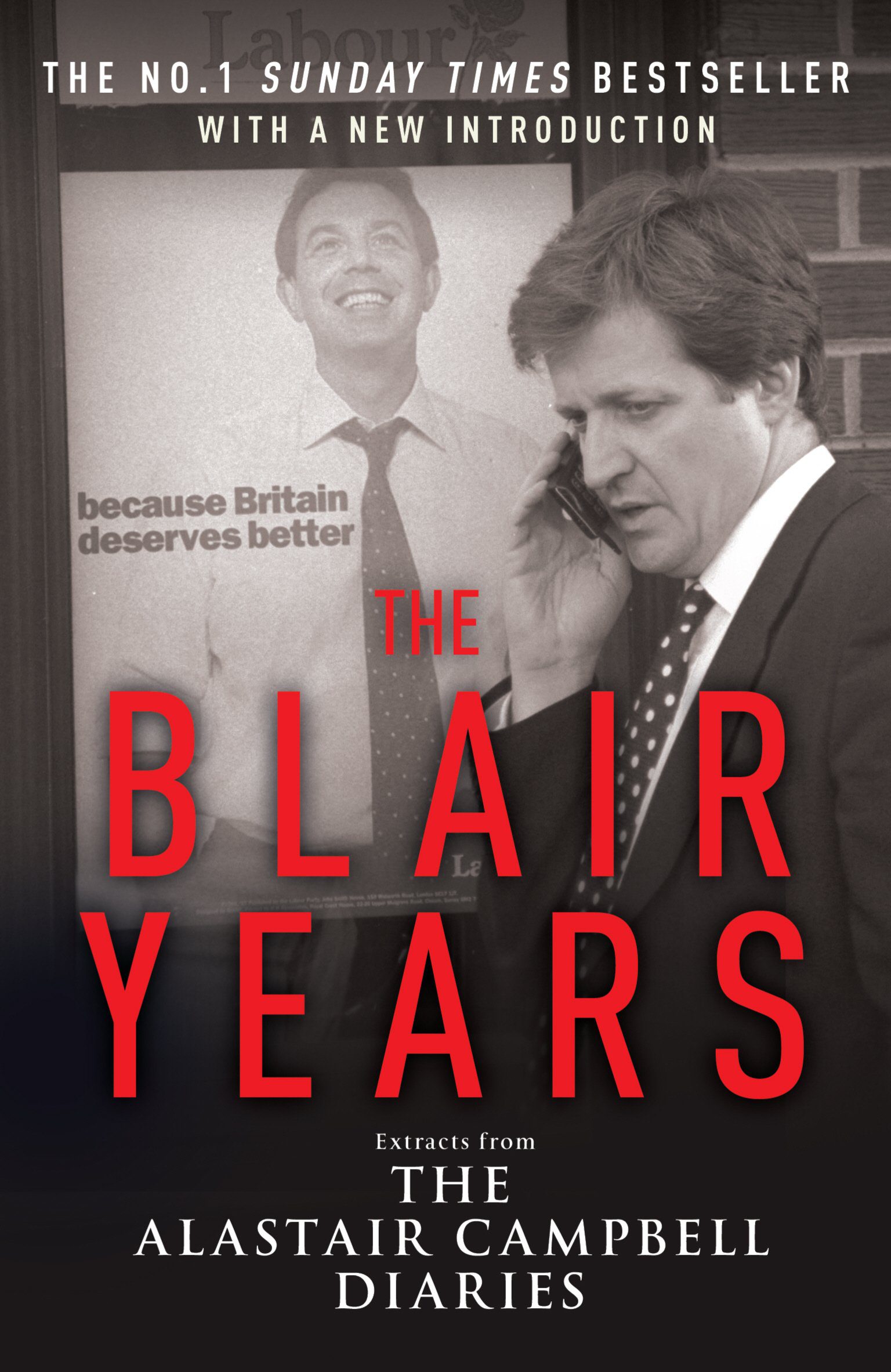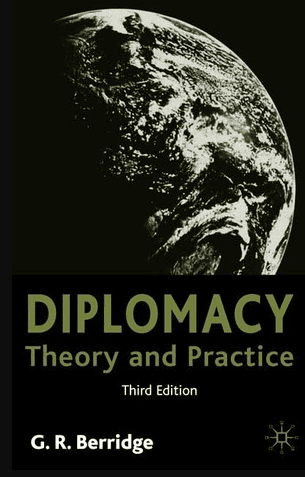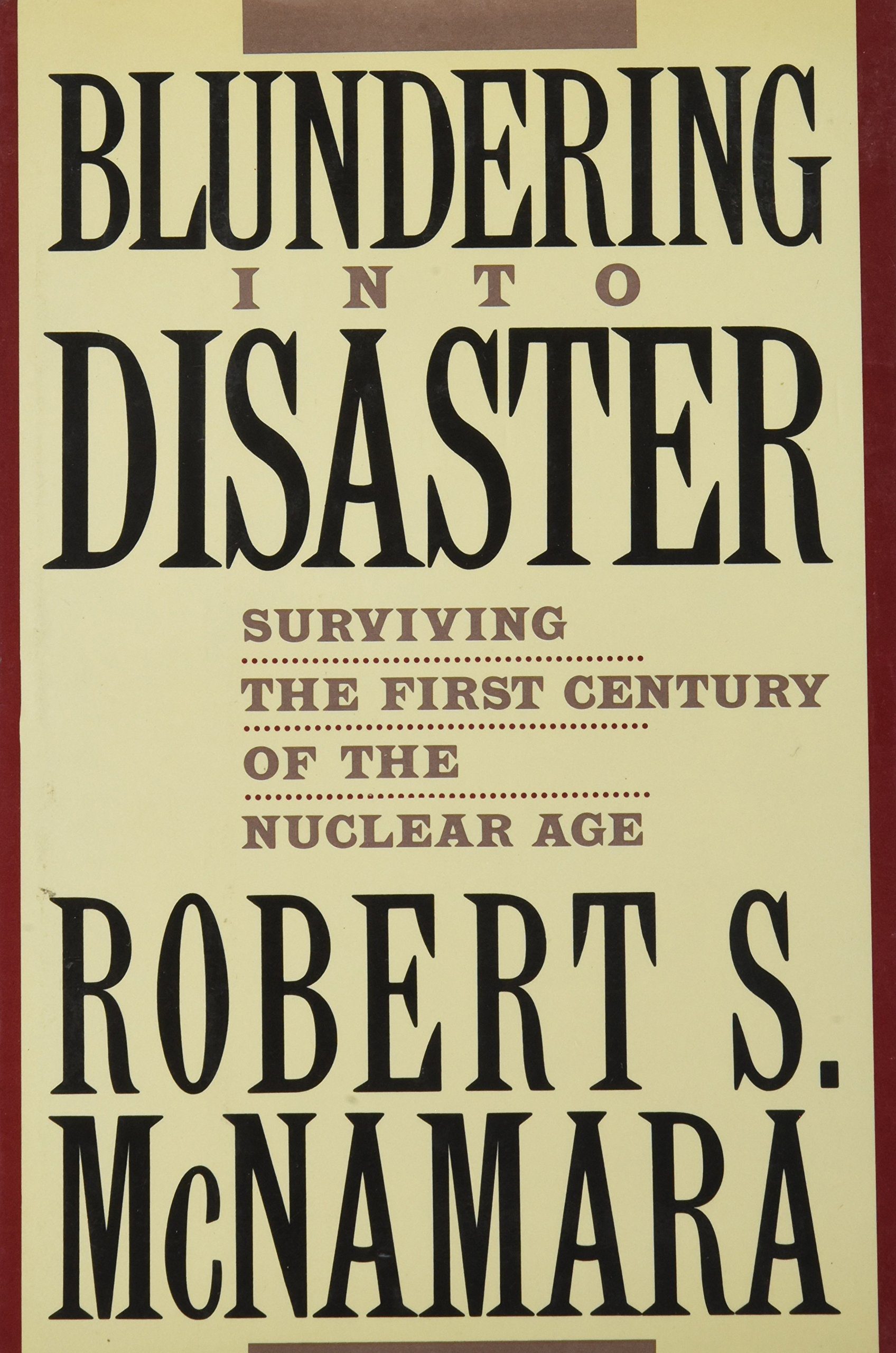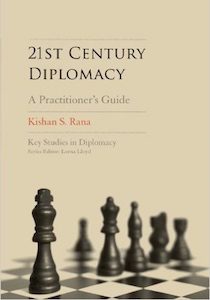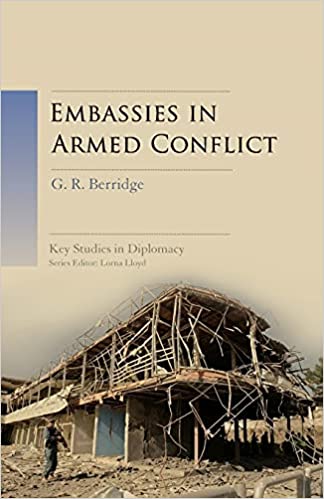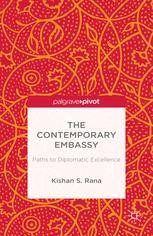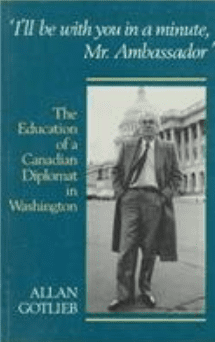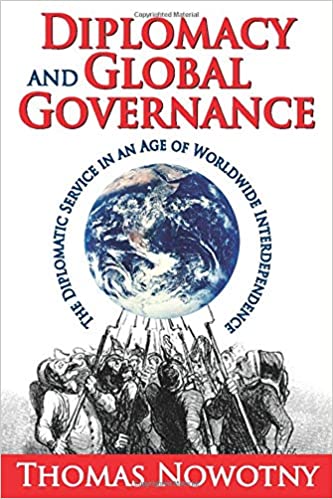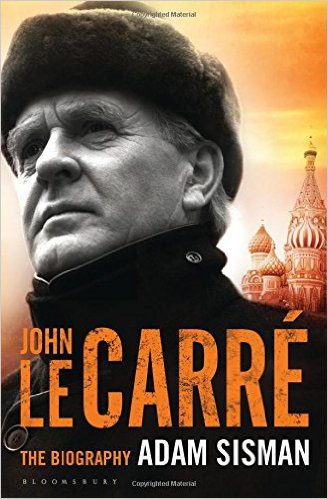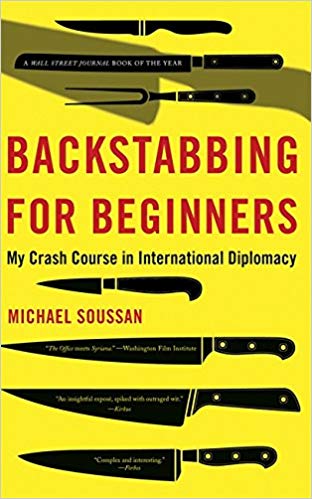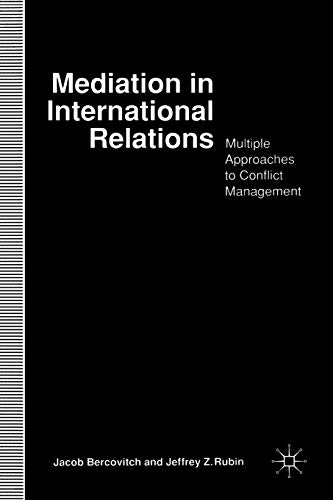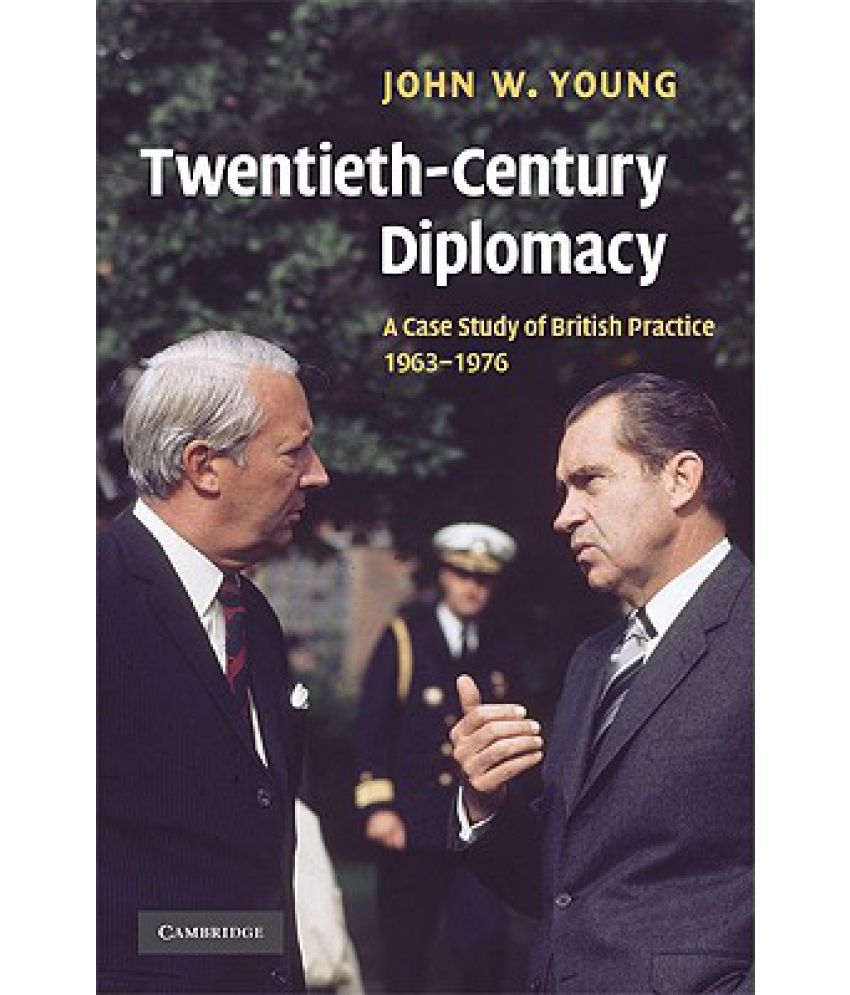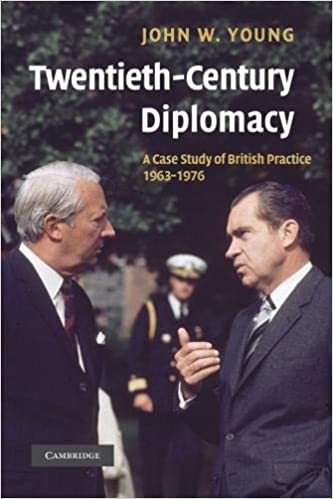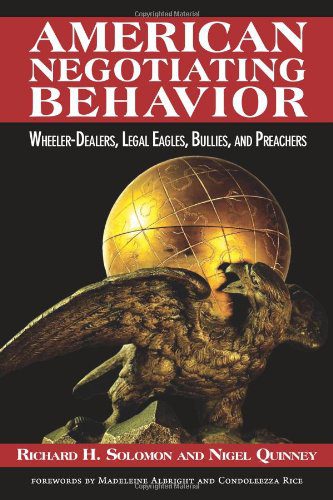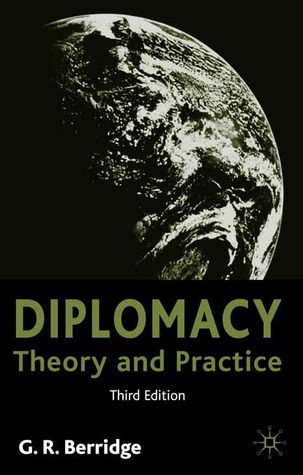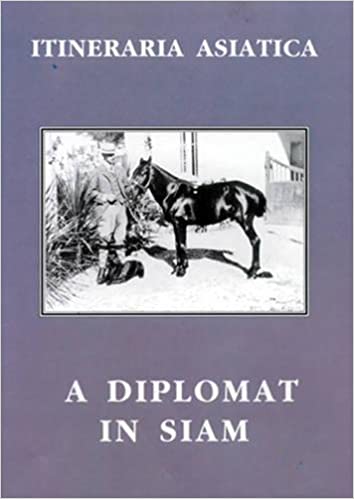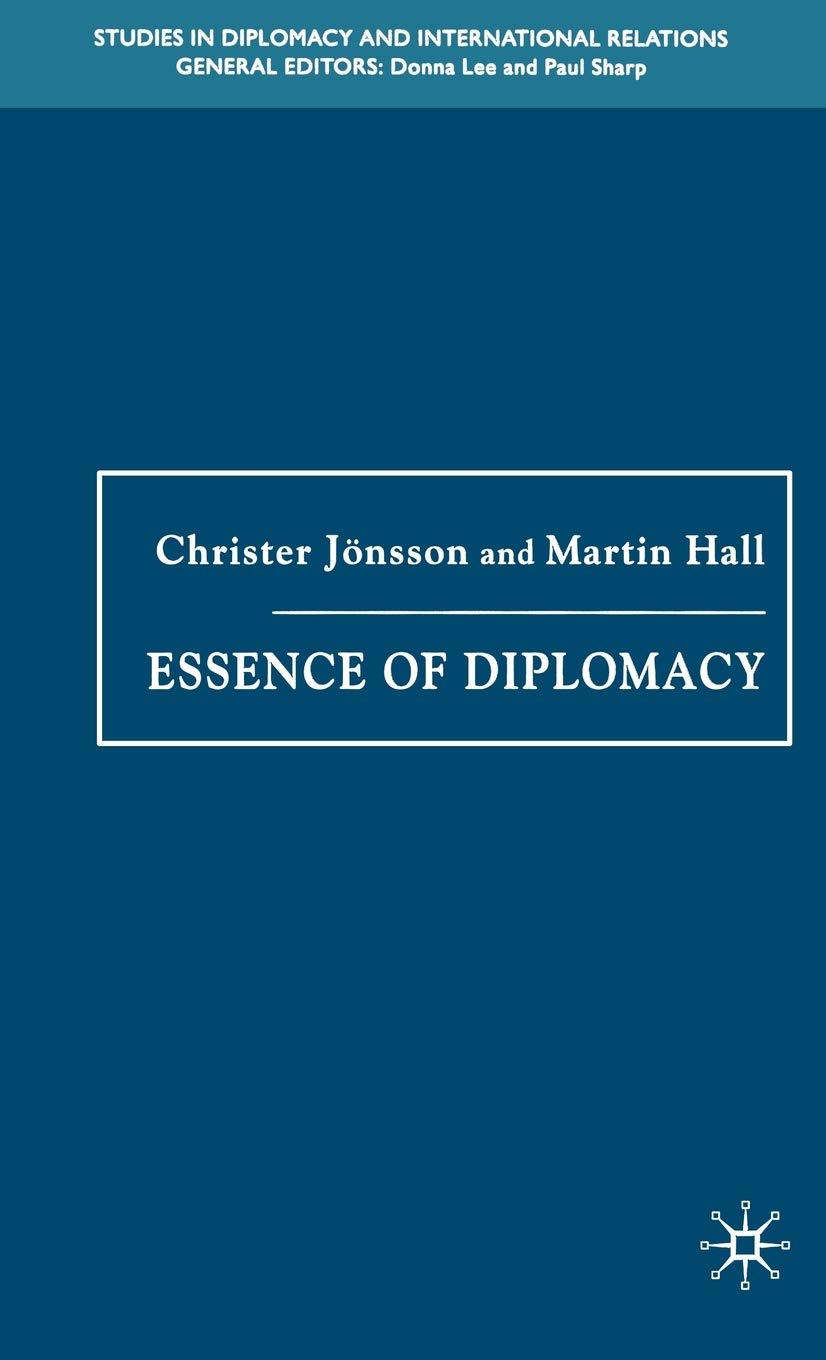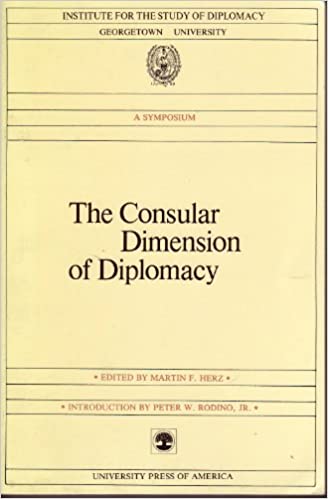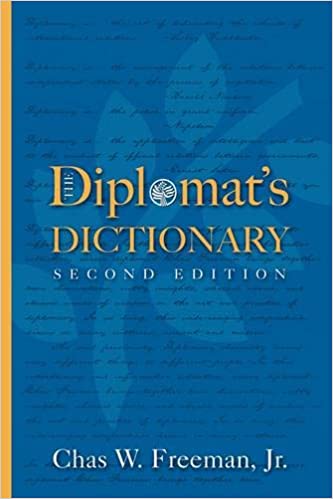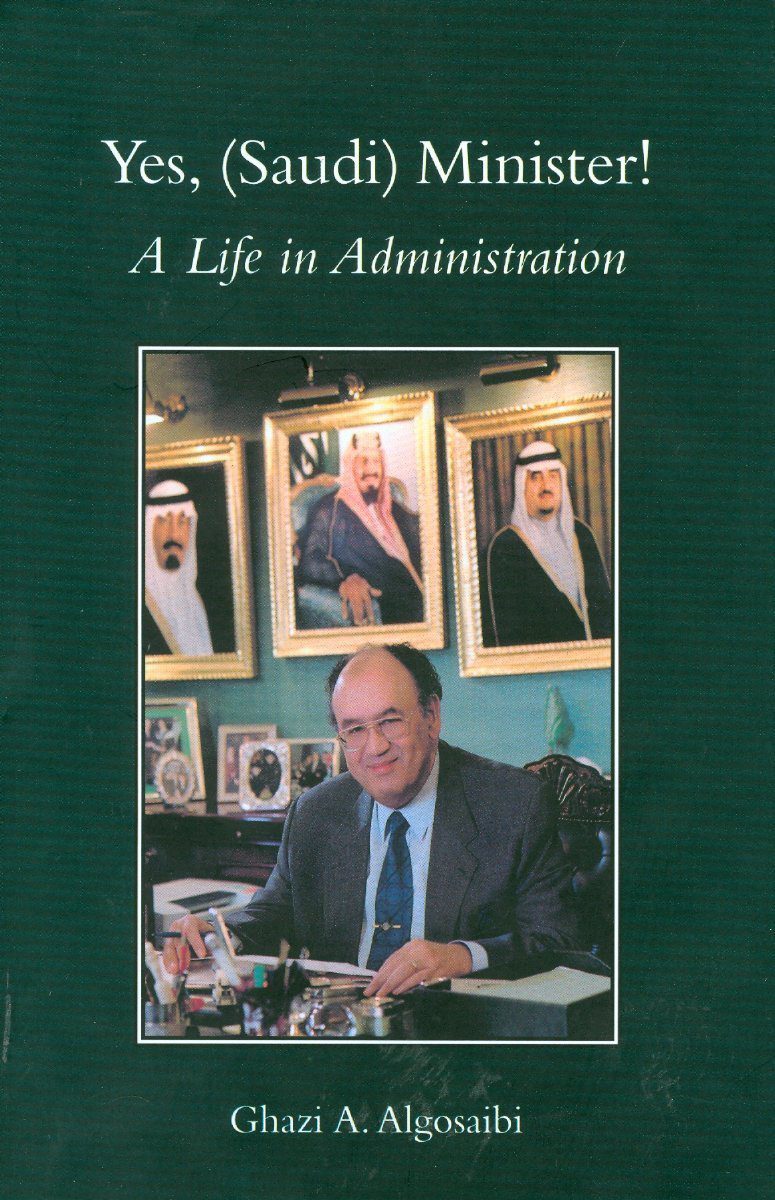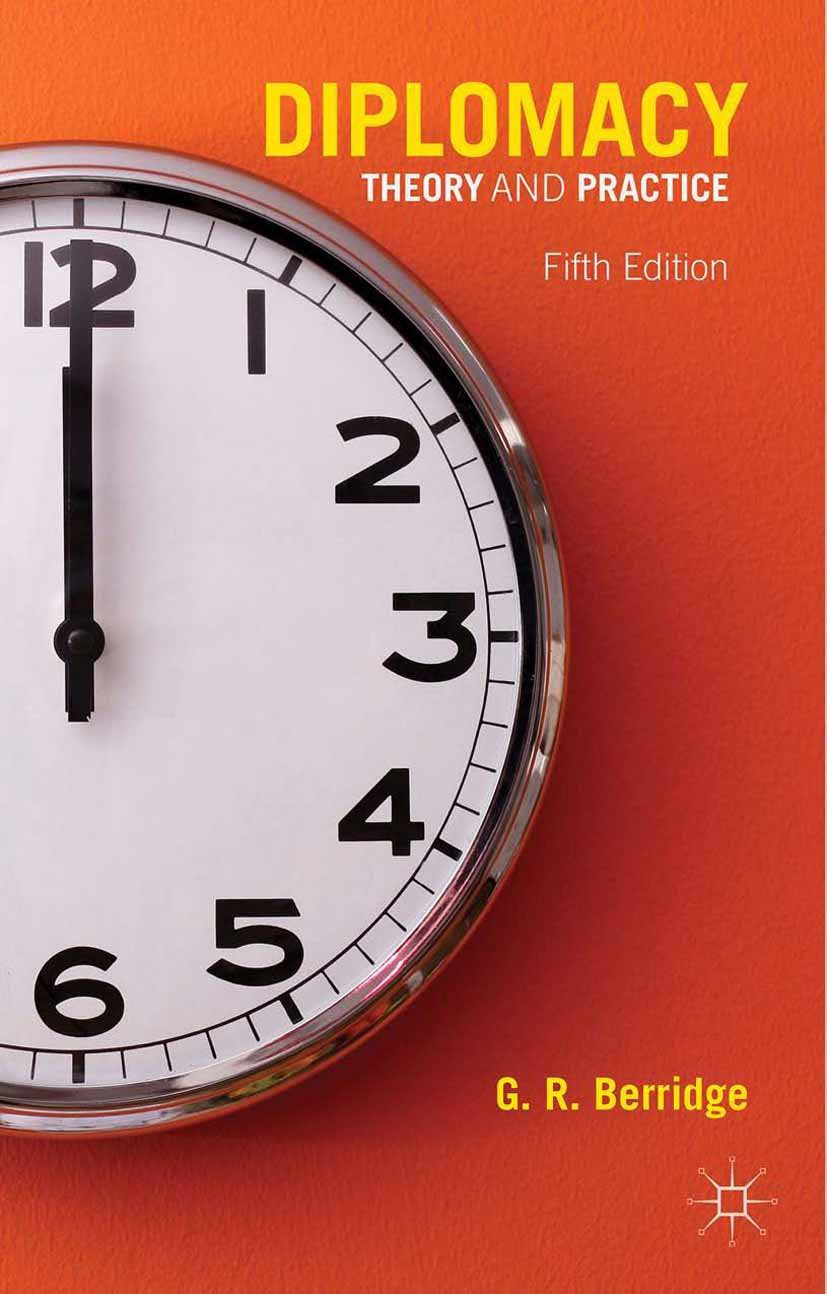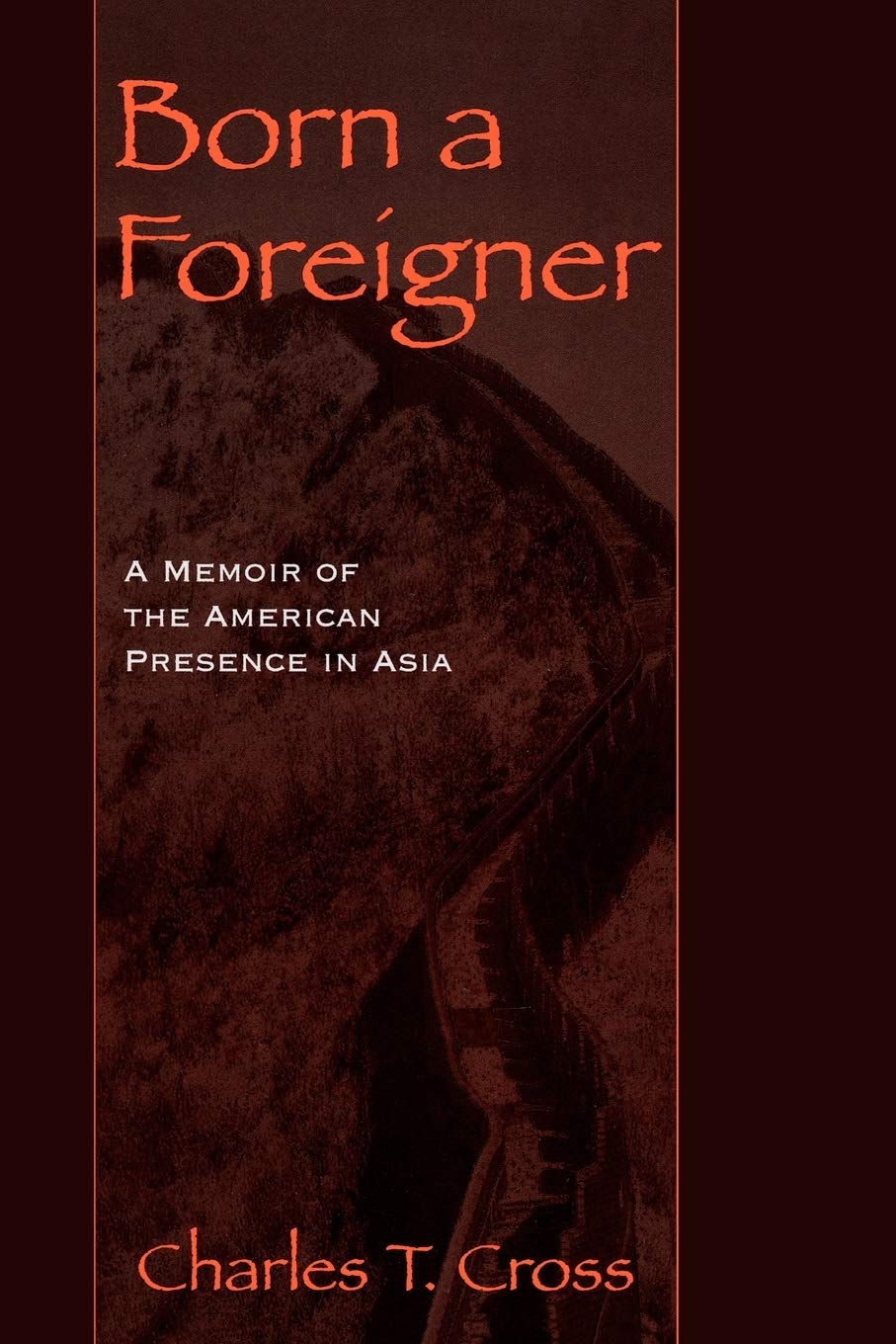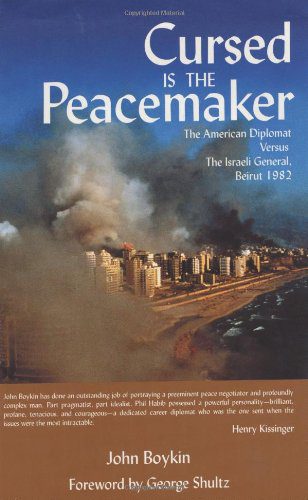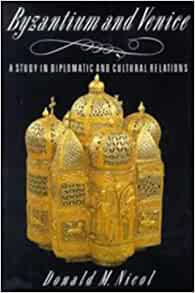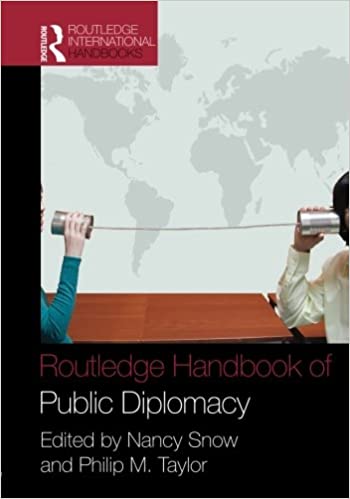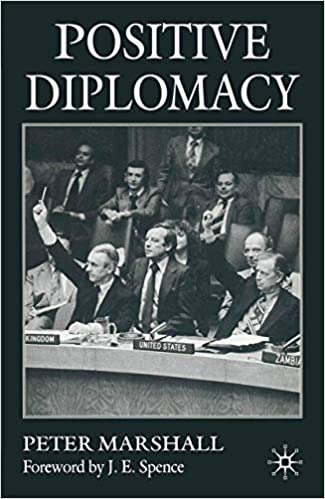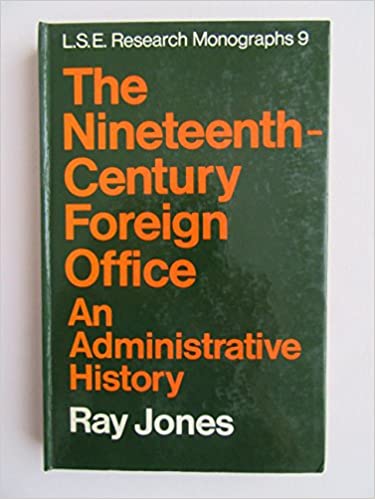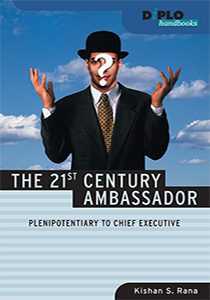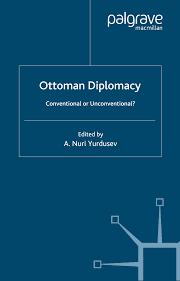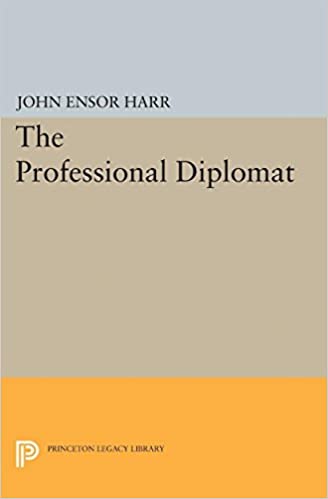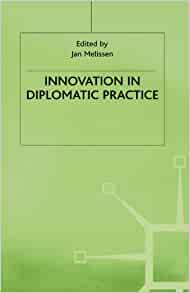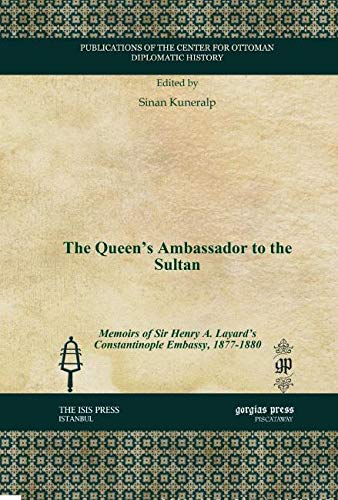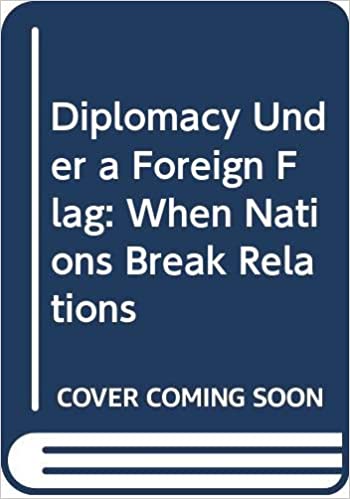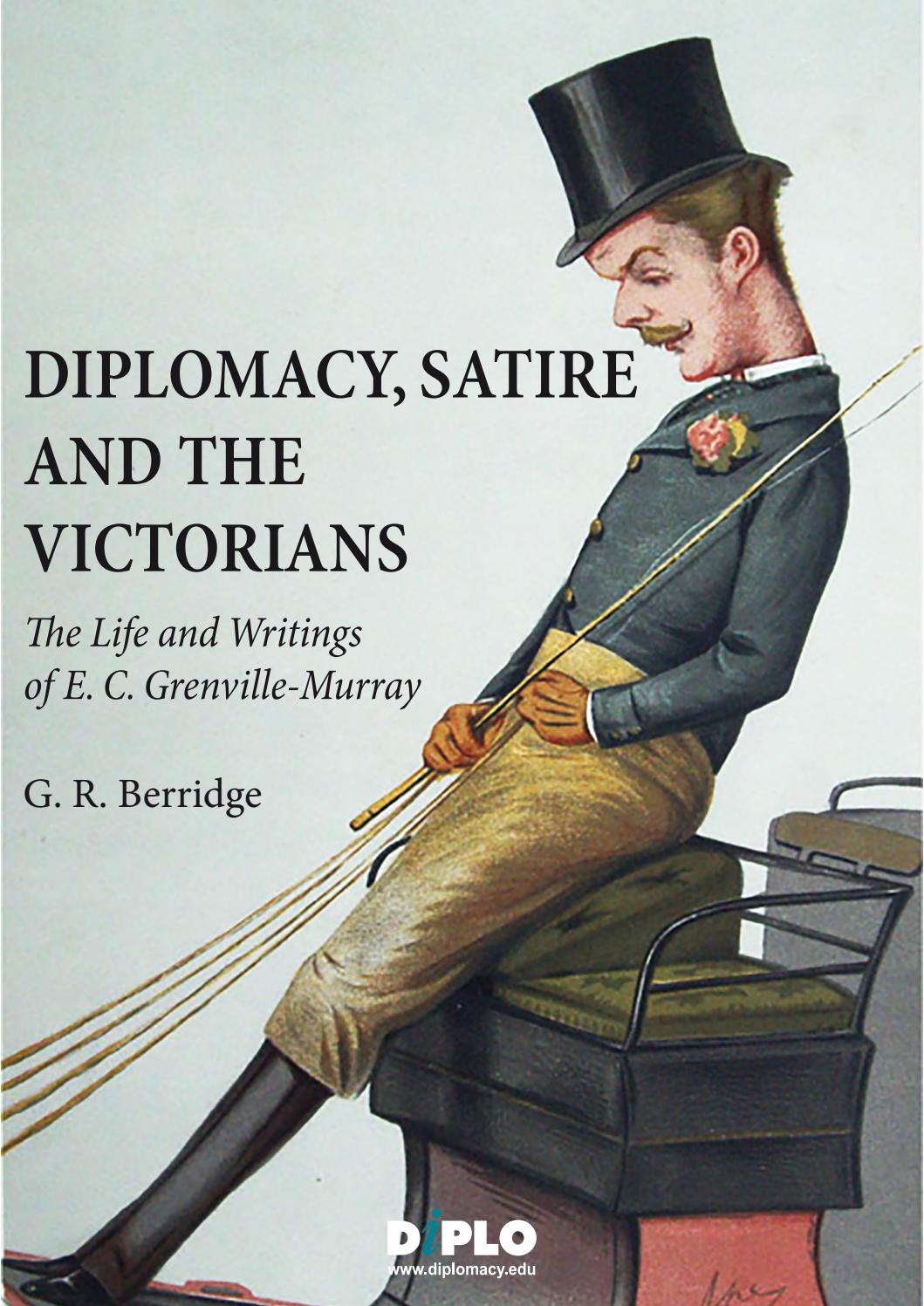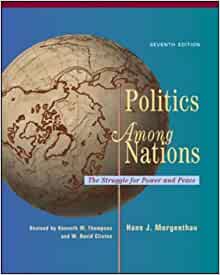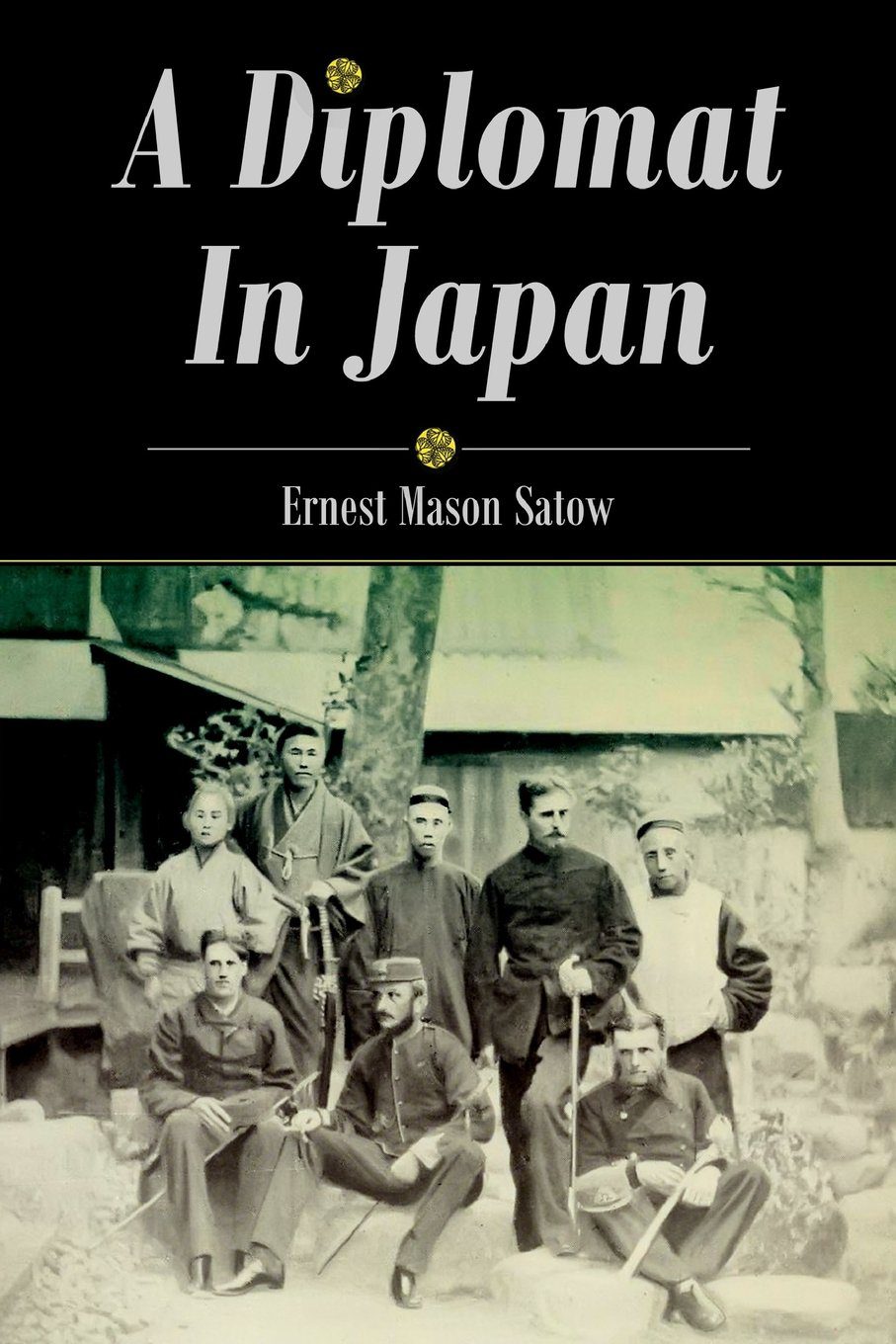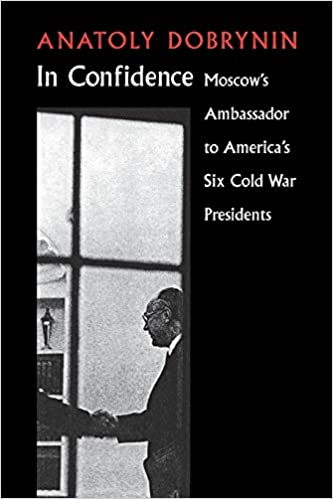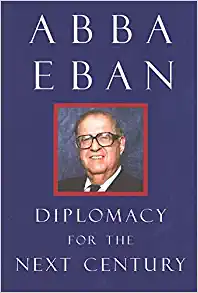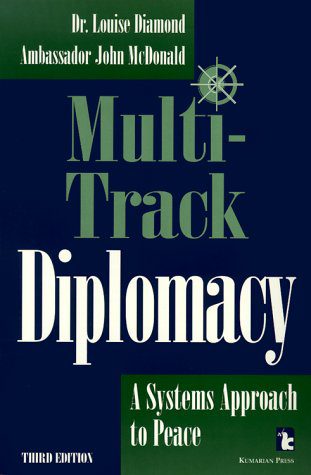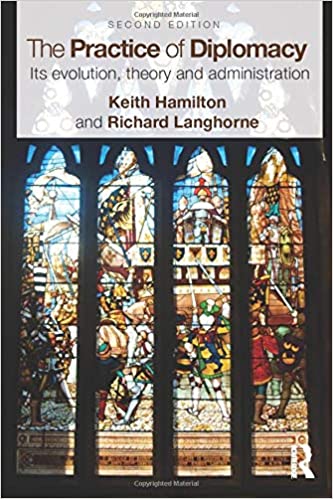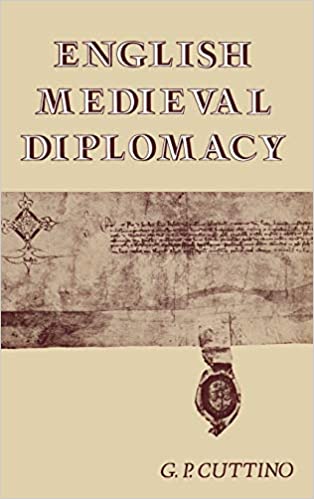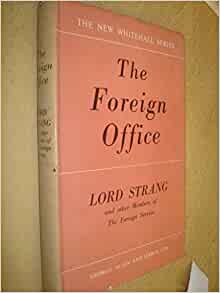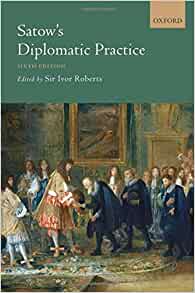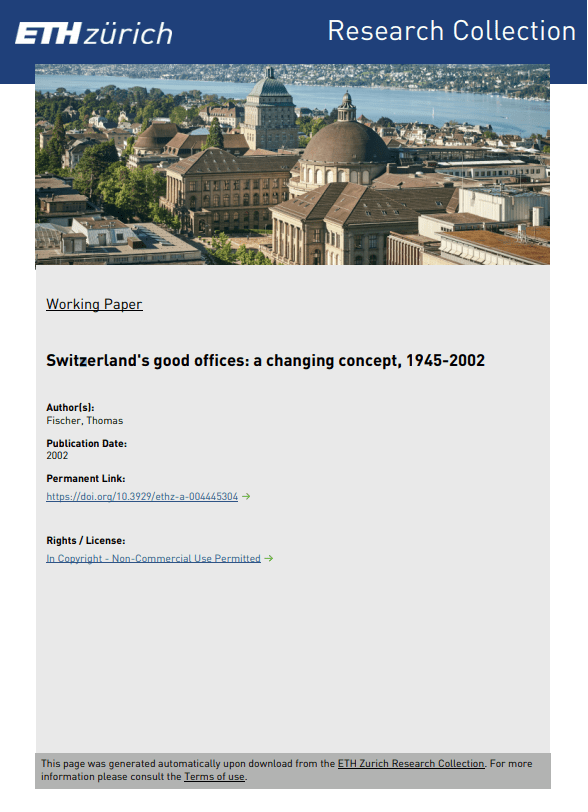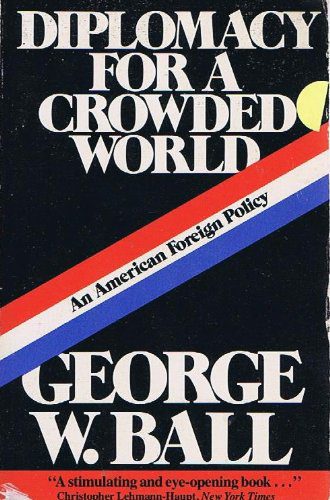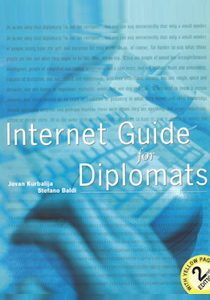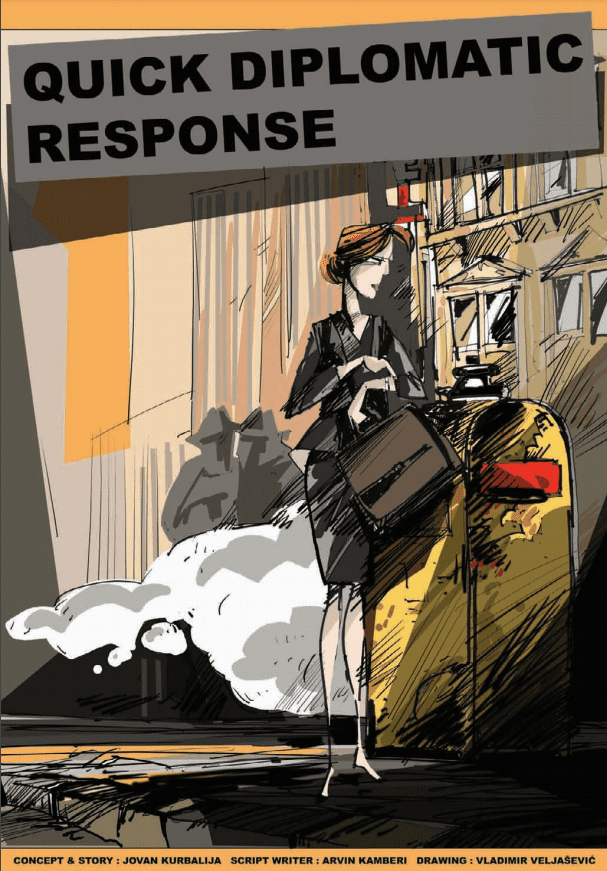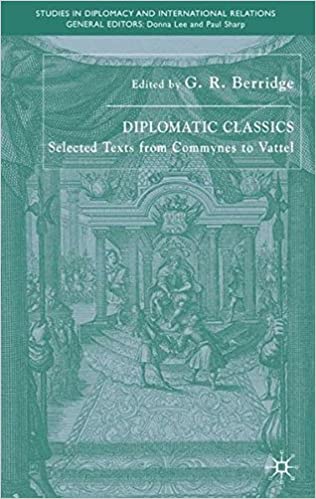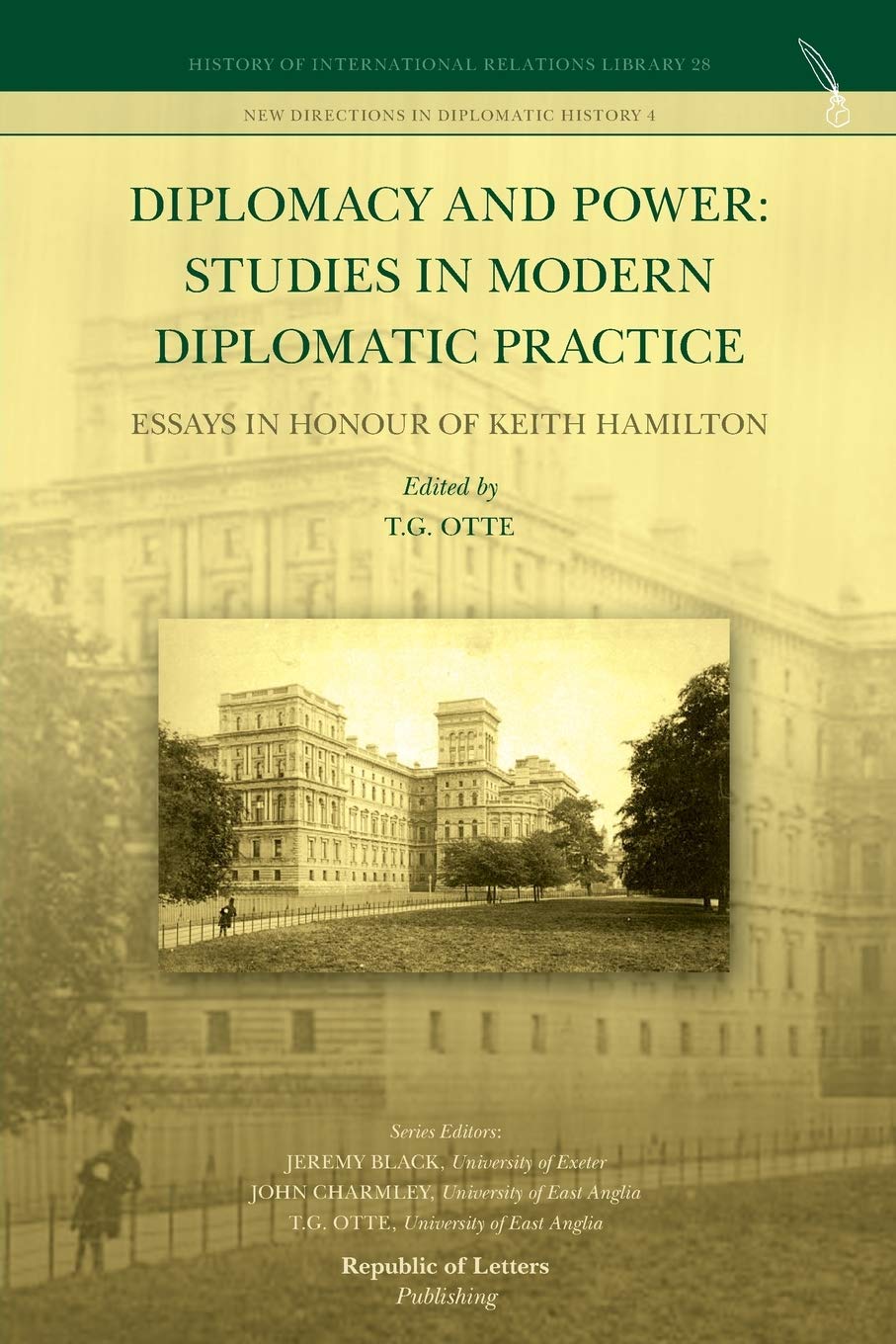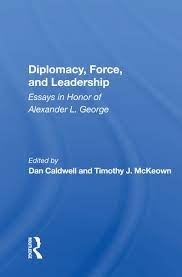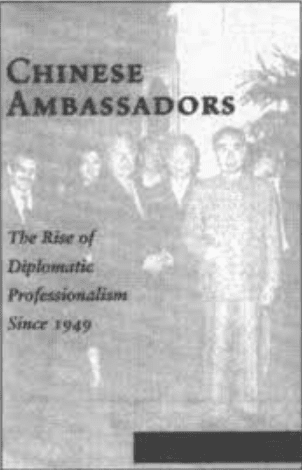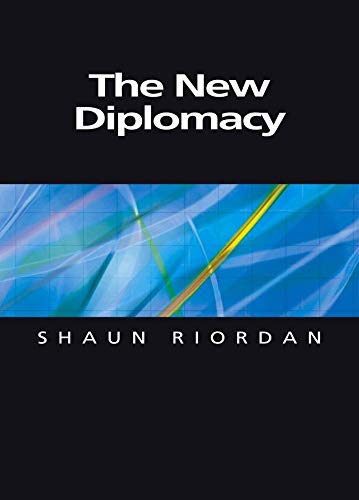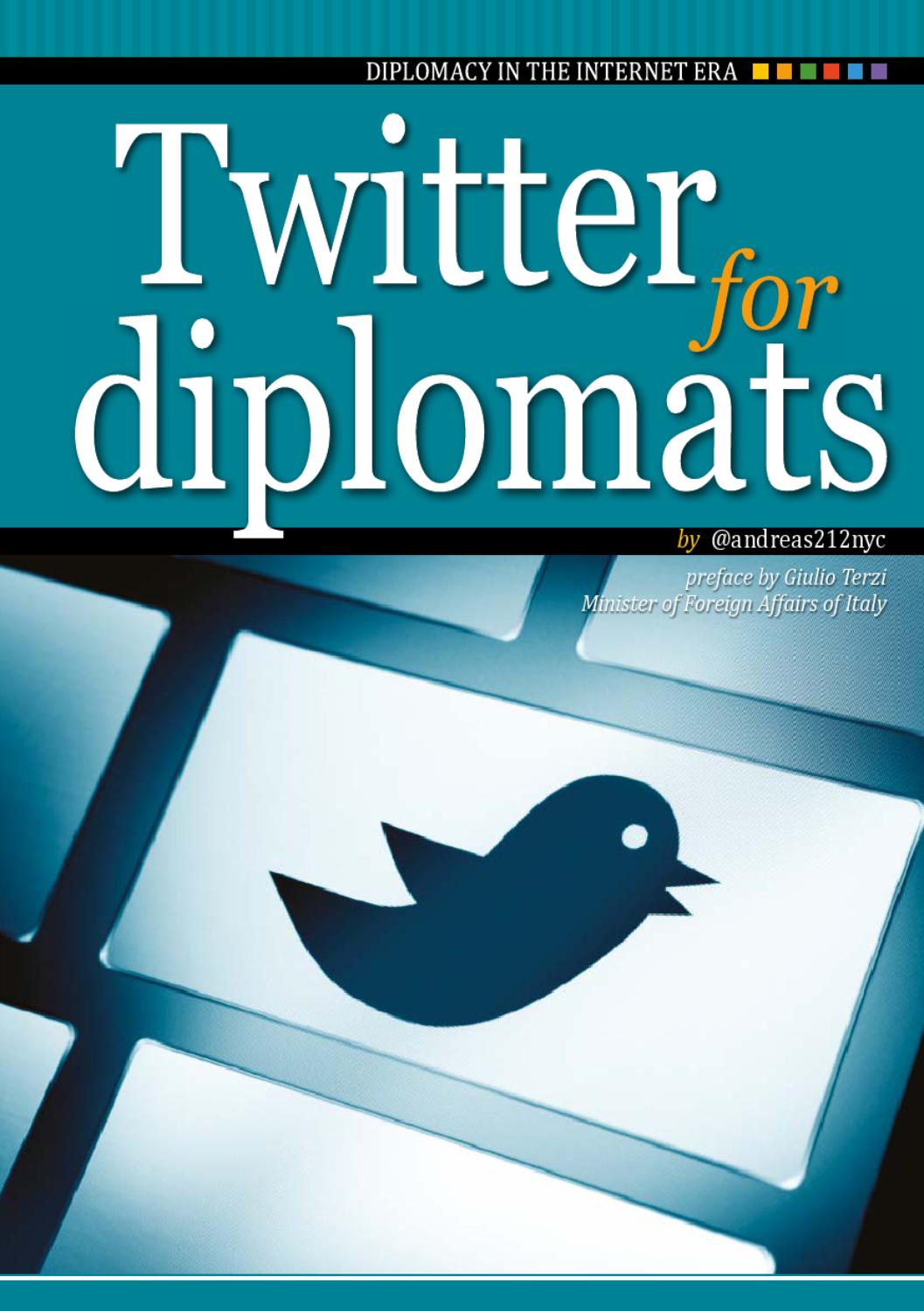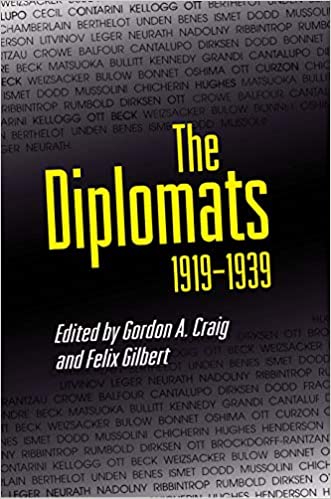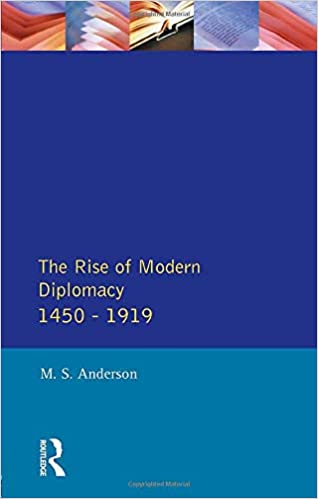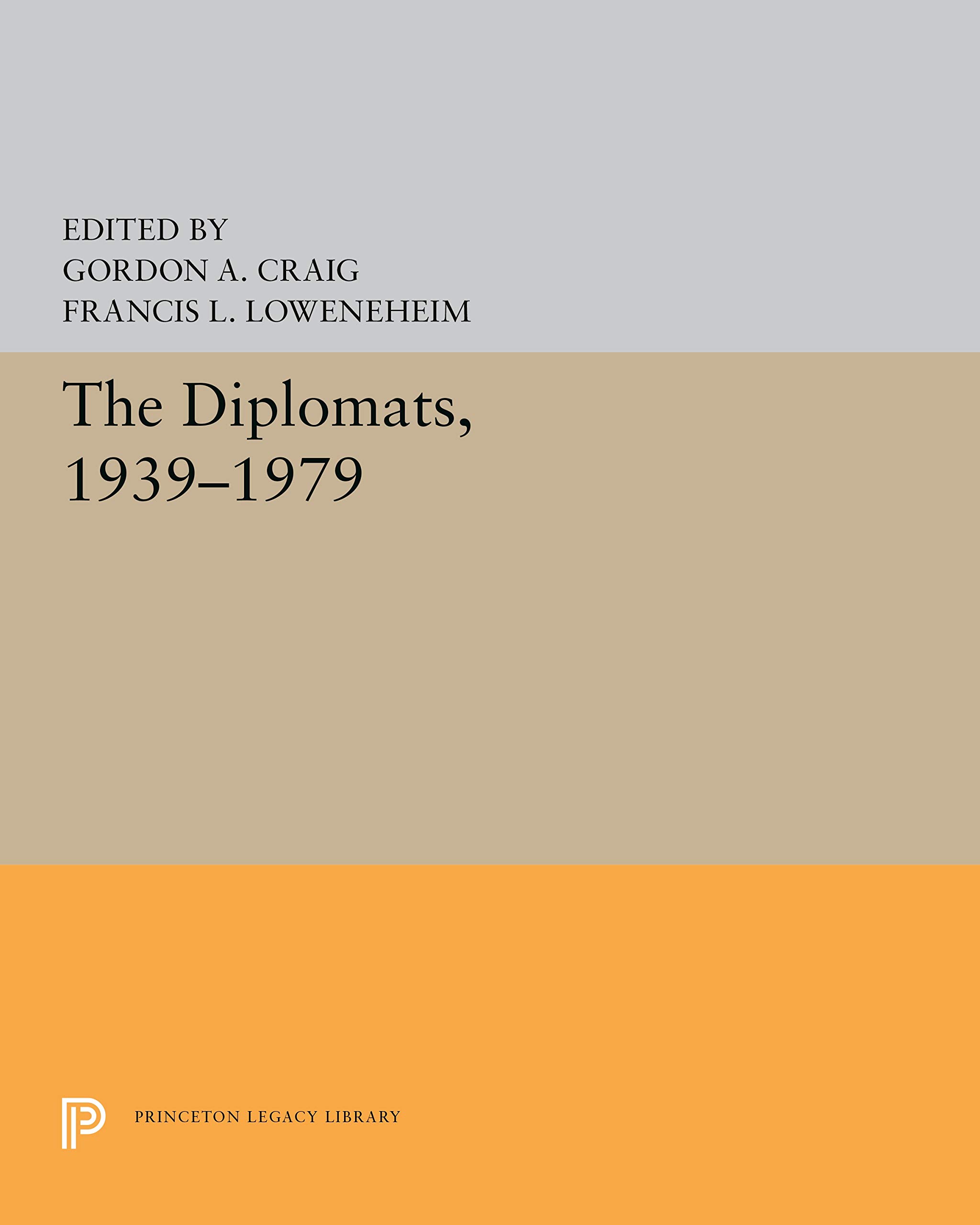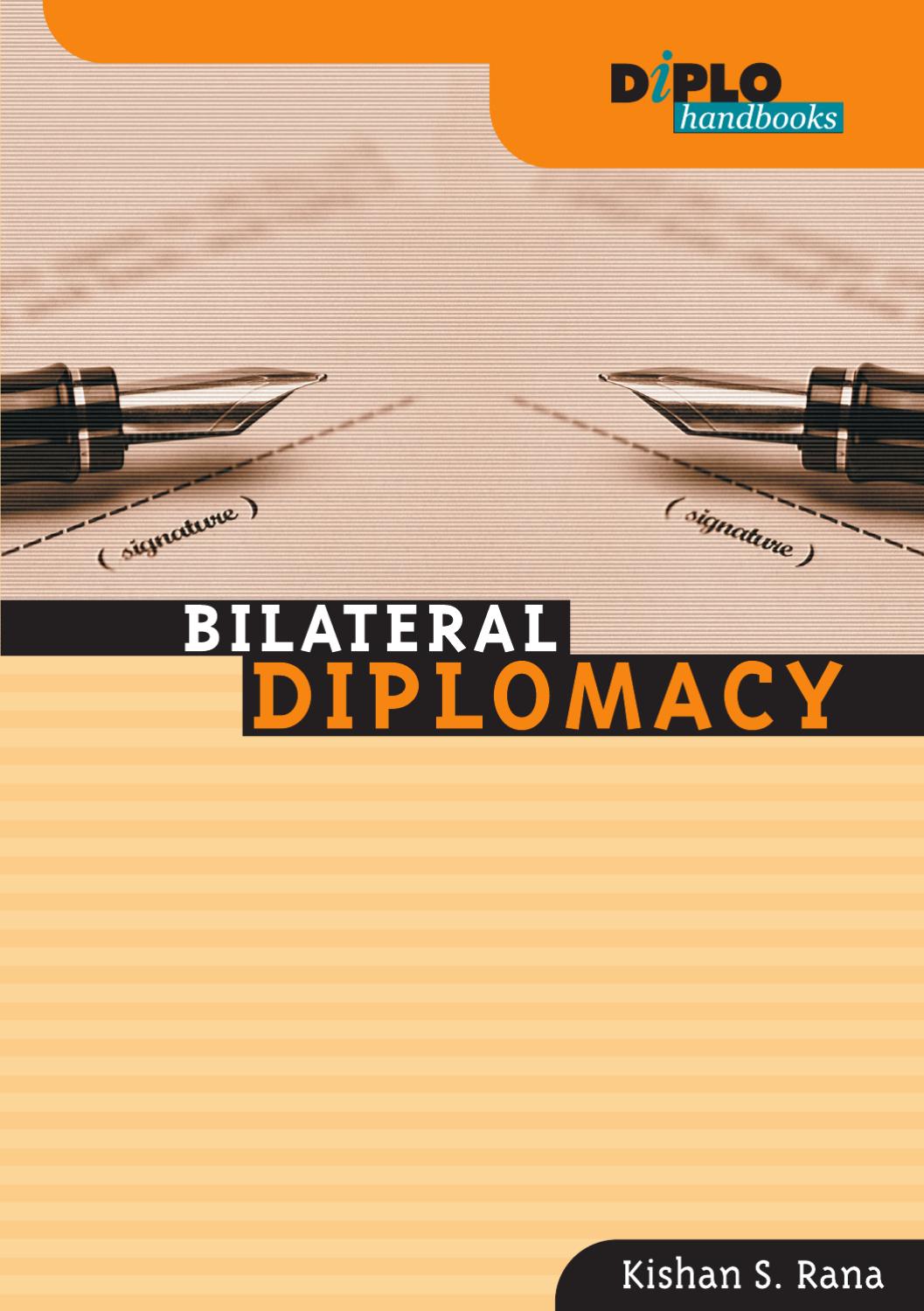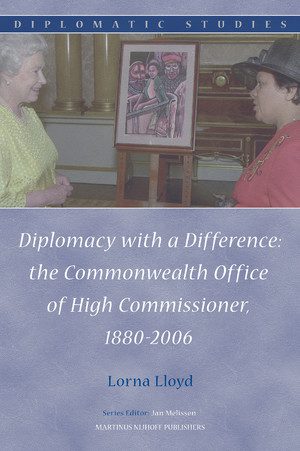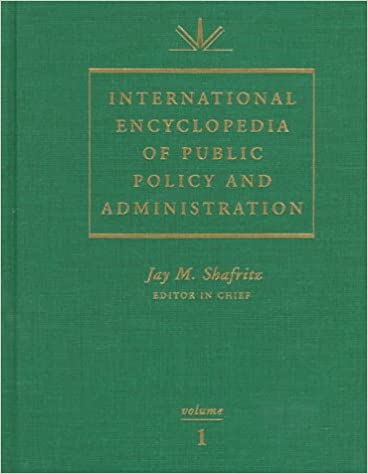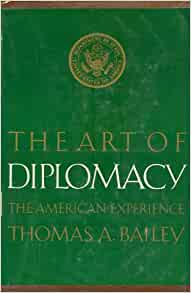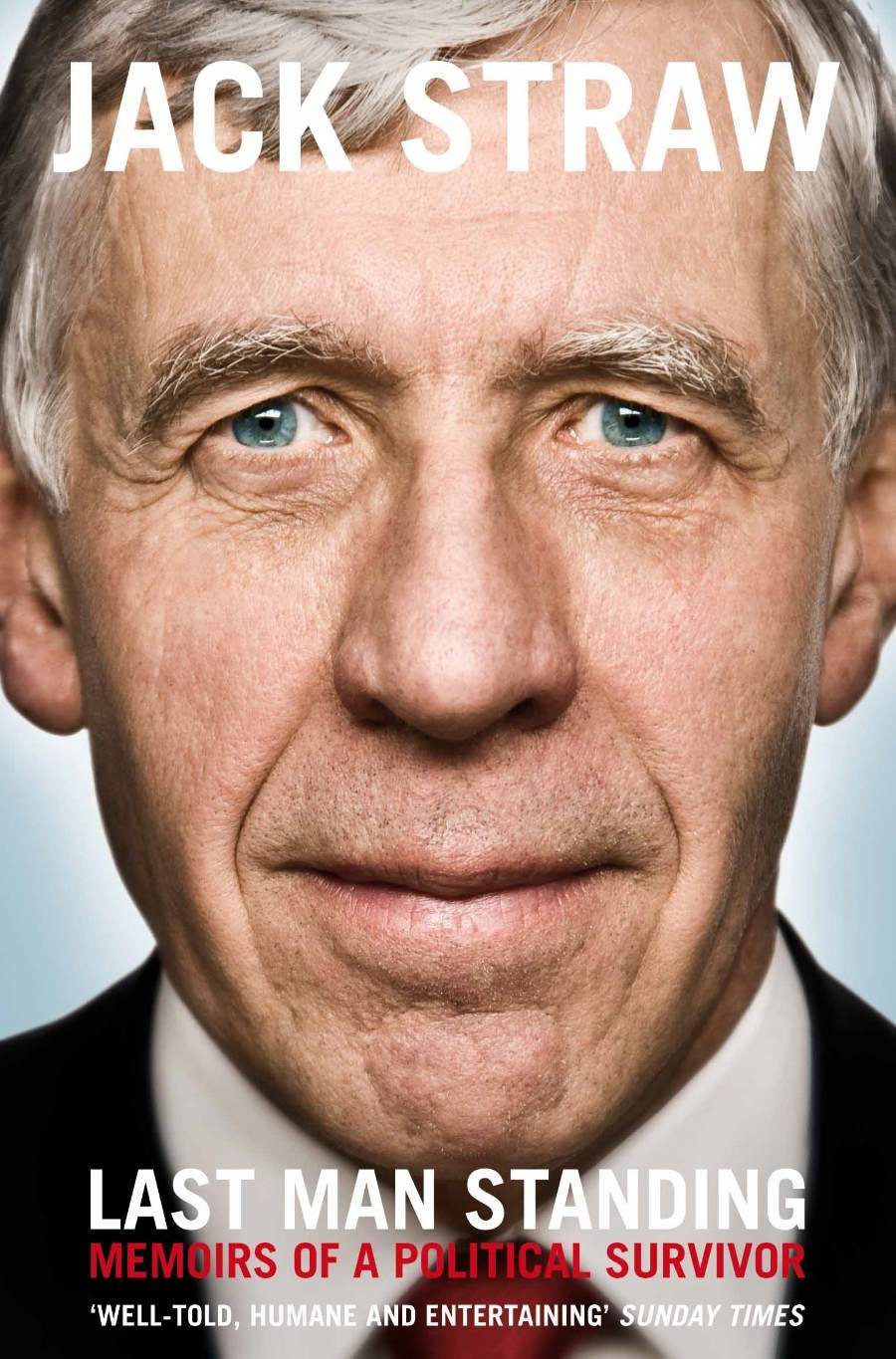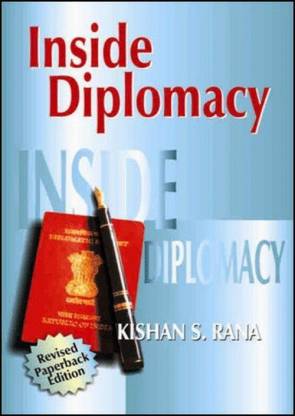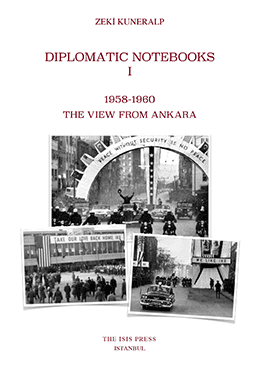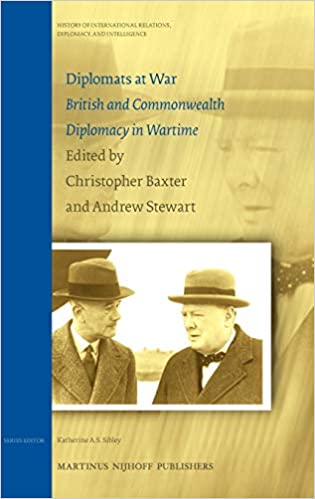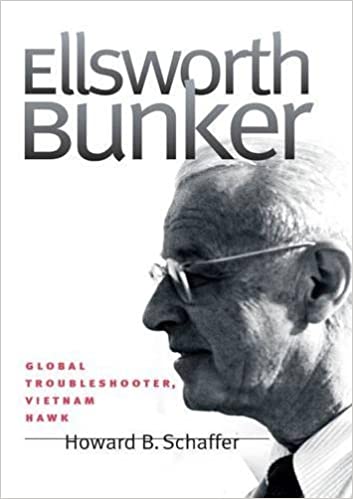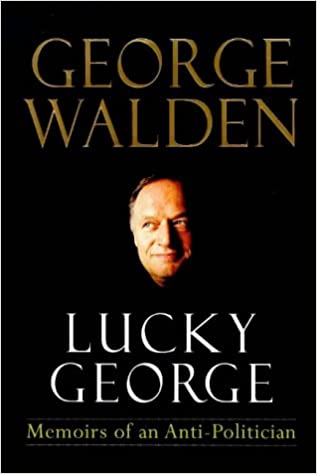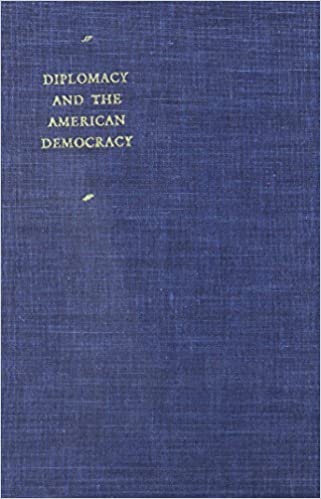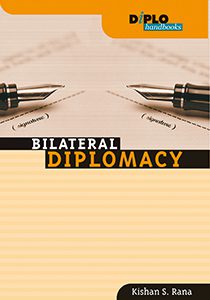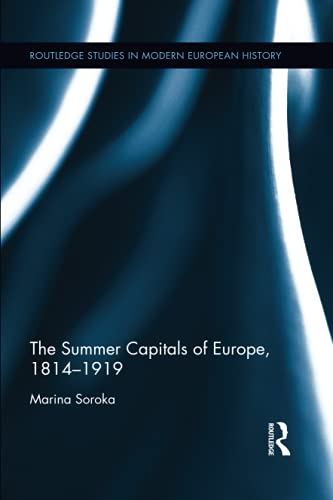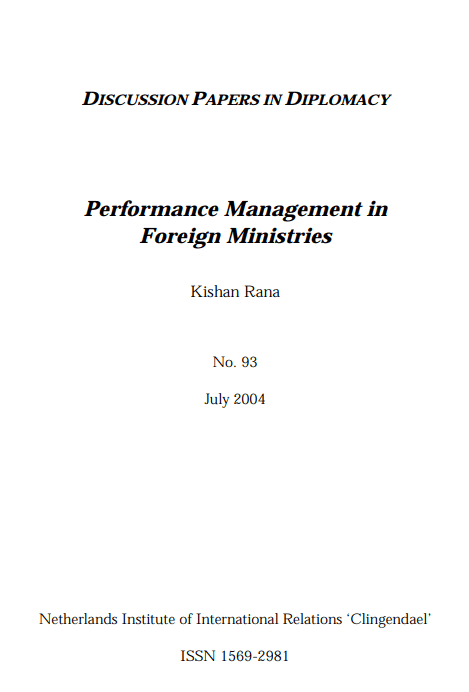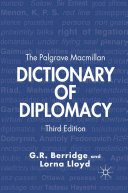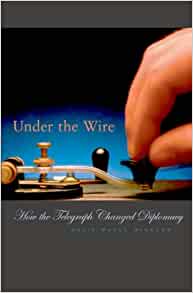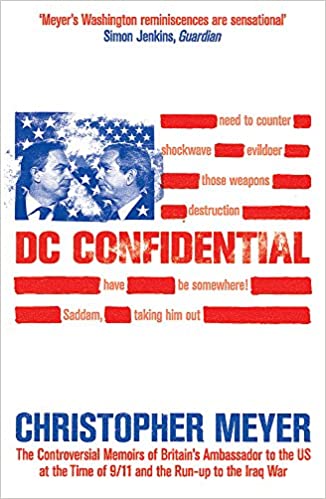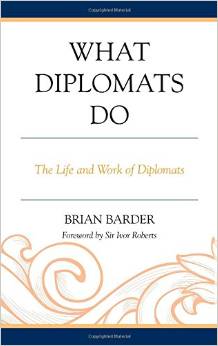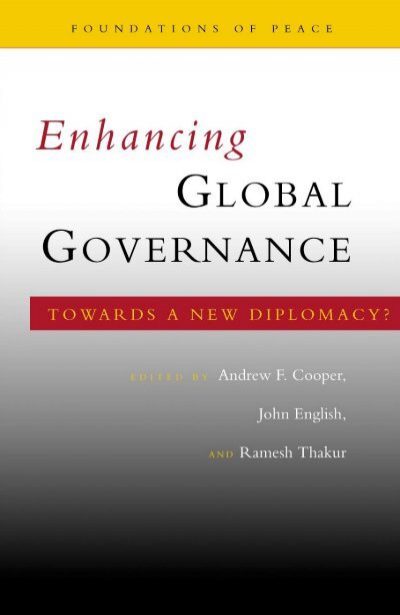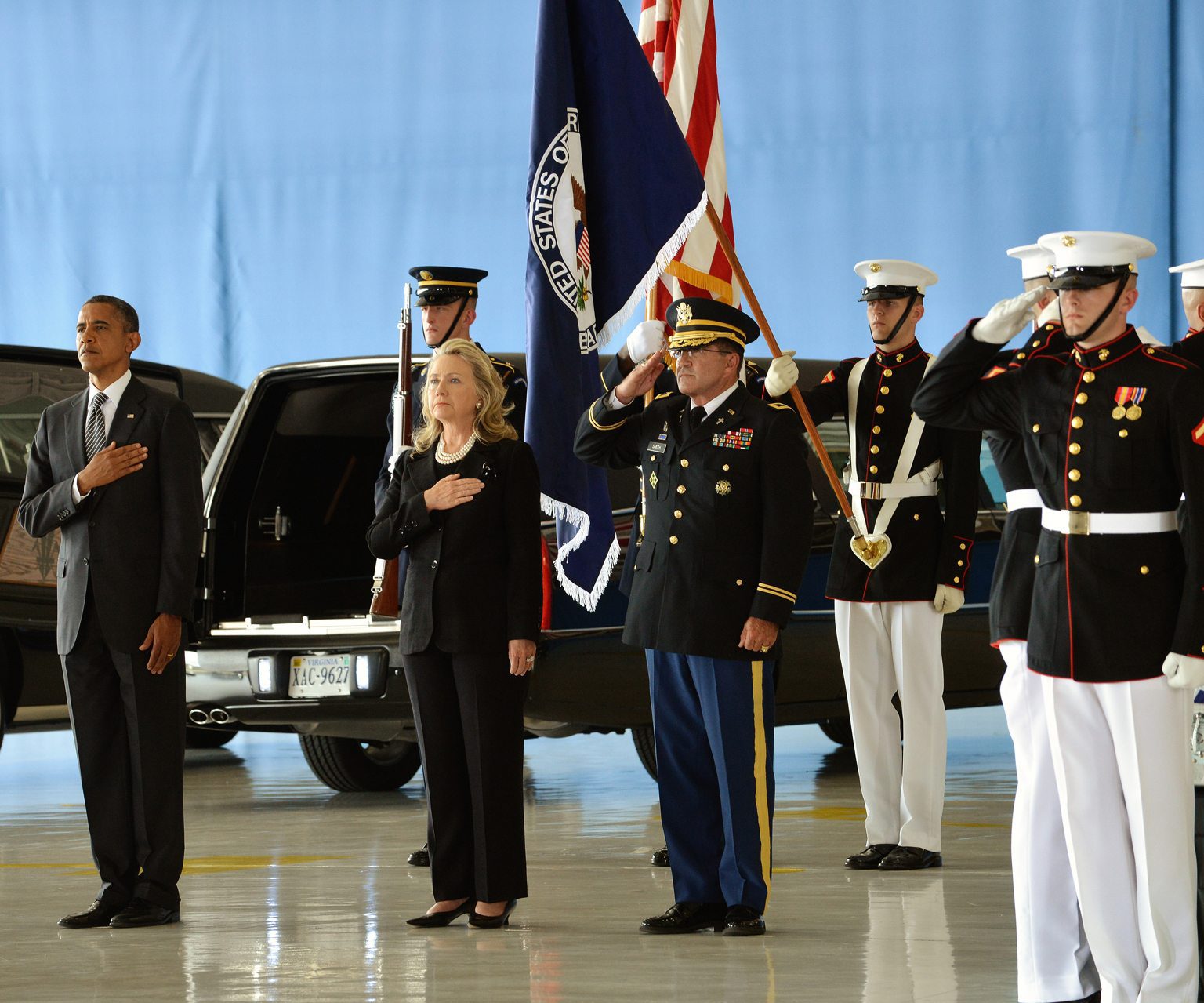Analysis of the rhetoric that leaders use to explain, justify, and pre-program their foreign policies seems to offer a sound basis for diplomatic prevention of armed conflicts. There are two reasons for believing that this is the case. First, rhetoric, together with historical memories, cultural practices etc., belongs to the set of spiritual and psychological causes of war. Rhetoric usually precedes armed conflicts and hints at the important issues over which the upcoming war will eventually be fought. Thus, through leaders’ rhetoric, one can witness a not yet fully materialized “war of minds”. This may then, ideally speaking, prompt one to try to remove the spiritual incentive to fight a war; to cool down the “war of minds” before it turns into a “war of arms”. Second, the rhetoric that leaders use is, as a matter of principle, extremely rich in imaginative projections, in fanciful descriptions of the international affairs of leaders’ concern. The rhetoric is therefore always half a dream, and half a reality, which, from the perspective of critical and rational argumentation, makes it fragile and relatively easy to debate. More than one plausible rhetorical device has the potential of explaining away complexities of the international system, and the “king’s” one may not be the best one. Leaders’ rhetoric thus being principally fragile, debatable, and open to alternative readings, one again has a chance to prevent wars from erupting simply by showing the fragility of a leader’s narrative and of the metaphors he or she chooses.
Such a tool for conflict prevention was tried during the public debate in the U.S. before the U.S.-led operation “Desert Storm” against Iraq was launched. A leading linguist and cognitive scientist, George Lakoff of the University of California at Berkeley, wrote a seminal paper “Metaphor and War”, in which he tried to deconstruct the rhetoric U.S. president George Bush used to justify the war in the Gulf. Lakoff hoped to incite a public debate which would forestall the U.S. preparations to launch a war against Saddam, and he hoped his grassroots, Internet mediated diplomacy might save “tens of thousands of innocent lives”.
Lakoff’s idea was simply to show how the system of rhetorical schemes, the metaphorical system Bush applied in advance of the Gulf war, kept important aspects of international realities hidden, and did so in a very harmful way. Lakoff focused on several metaphors, but it will suffice to present the two most important ones: the metaphor of “Saddam as Hitler”, and the metaphor of “Kuwait as innocent victim of a villain’s aggression and rape”. Bush, in comparing Saddam with Adolf Hitler, was, according to Lakoff, wrong on several counts. The predicament of the U.S. in 1991, after Iraq’s excursion into Kuwait, did not resemble the predicament of the western powers at the Munich conference with Hitler. Iraq, for instance, was not comparable to Germany in the late 1940s. Besides that, there was no reason for anybody to believe in 1991 that Saddam was an irrational villain, like Hitler was, ready to take the riskiest action and to declare war against the entire world of liberal democracies. Lakoff thus rightly states that “the Hitler analogy also assumes that Saddam is a villainous madman. The analogy presupposes a Hitler myth, in which Hitler too was an irrational demon, rather than a rational self-serving brutal politician. In the myth, Munich was a mistake and Hitler could have been stopped early on had England entered the war then. Military historians disagree as to whether the myth is true. Be that as it may, the analogy does not hold. Whether or not Saddam is Hitler, Iraq isn’t Germany. It has 17 million people, not 70 million. It is economically weak, not strong. It simply is not a threat to the world. Saddam is certainly immoral, ruthless, and brutal, but there is no evidence that he is anything but rational.”
According to Lakoff, it was also incorrect for Bush to draw a comparison between “Kuwait” and an “innocent victim of a rape”. Kuwait was an oppressive monarchy, resented by most Arab countries because of its discriminatory policy against the cheap labour it imported. Kuwait further committed a serious injustice against Iraq after the war between Iraq and Iran, by having refused to assist the war-exhausted economy of Iraq, which fought the war against Iran partly for the benefit of Kuwait itself. And finally, Kuwait launched a de facto economic war against Iraq by, as Lakoff points out, “overproducing its oil-quota to hold oil prices down” and thus lowering Iraq’s chance to fight its post-war poverty.
Lakoff concluded his analysis with two important messages. First, the rhetoric Bush used to prepare the U.S. for a major war was fundamentally wrong since it presented America as a purely selfless hero, while America was a self-interested state eager, perhaps too eager, to protect the oil-pipelines on which its economy to some extent depends. According to Lakoff, the U.S. should not fight a war lacking clear rationale and an unambiguous enemy, following the rhetoric of a misleading leader. Second, he called upon the Internet browser community to spread his message for what seemed to be a very humanitarian purpose: to renounce the possibility of war and to try alternative means to find an overall solution benefiting Iraq, Kuwait, and the U.S. along with other western democracies. Lakoff’s “Metaphor and War” was thus a critical analysis of a leader’s rhetoric combined with an attempt to serve as an unofficial diplomat trying to prevent a conflict by putting into use the most democratic medium of today’s communication to familiarize the public with his sophisticated expertise. Unfortunately, it did not work and America is still at war with “the dictator”. I will not try to explain why an attempt to prevent a conflict through a sophisticated analysis of a leader’s rhetoric failed: it may have failed for an infinite number of reasons. But I believe that Lakoff’s attempt is worth probing more extensively, since it may tell us something important about many things we, as diplomats, humanitarian officers, members of an international team for crisis management, or public and elite opinion analysts, are deeply ignorant about.
PREVENTION THROUGH RATIONAL ARGUMENTATION
The first thing we can recognize in Lakoff’s piece is his affiliation with the tradition of the Enlightenment. He at least implicitly believes that one is in a position to reach the population in a purely rational state of mind, and that the bad things happening in politics are due to the inclination of leaders to mislead and misinform people. In “Metaphor and War” Lakoff quite explicitly said that the Gulf War would serve the interests of only one particular establishment, the military-industrial one, and that Bush was simply trying to sell the interests of that particular establishment to the American people under the guise of “vital national interest”. Bush thus offered a theory modelling the relations between a number of countries and made the rest of the country over which he presided re-shape its political preferences, i.e. desires, in accordance with the model. Had Bush not used the means of the above rhetoric to provide the U.S. action against Iraq with a deeper, or superior, meaning, American people would not have started considering Saddam their mortal enemy. In other words, Lakoff holds that the stream of causes leading from rhetoric through human mind to eruption of full-scale war, is approximately as in the chart below:
/RHETORIC/ leads to /EXPLANATORY MODELS/ leads to /BELIEFS ABOUT THE OUTSIDE WORLD/ leads to /DESIRE TO CHANGE THE WORLD/ leads to /BELIEFS ABOUT THE ACTIONS LIKELY TO CHANGE THE WORLD/ leads to /DECISION TO WAGE A WAR UPON LEGITIMAZION OF THE DECISION/.
Notice here that Lakoff believes that the primary role of rhetoric is to provide knowledge about foreign affairs and to explain the mechanisms responsible for certain events. Notice further that Lakoff believes that the cognitive part of our brains has priority over the volitional, or emotional part of our brains, and that our beliefs give shape to our preferences and not vice-versa. Lakoff’s theory stipulates that the offer of alternative, metaphor-cleansing pieces of real knowledge should tear the war-causing desires apart and wake one up from the bizarre dreams in which “Saddam is Hitler”, while “Kuwait is a small, unprotected and innocent country raped by the devil”. Finally, notice that, along the lines Lakoff proposes, preventive diplomacy, based on deconstruction of leaders’ rhetoric, should not lead to controversy at all but that once one presents both inductively and deductively valid arguments against the leaders’ rhetoric, the temptation to wage a war should simply disappear. It is certainly under the conditions of a democratic environment and in the spirit of equality and tolerance that such an open presentation of arguments is likely to take place and deliver positive results. But do our minds really behave in the way Lakoff believes? Do we really focus primarily on the cognitive, information-processing aspect of metaphors? Do our minds really first form an image of their environment, upon which they then shape, construct, or reconstruct their preferences, their volitional parts? If we compare our minds with a colourful cuisine, does the descriptive dimension of our rhetoric really play the role of chief cook?
I am raising these questions because rhetoric performs several functions. It first, but not foremost, serves to create an image of whatever it refers to. If I compare Saddam with Hitler then my image of Saddam differs from the image I would have, had I compared Saddam with Martin Luther King. But rhetoric also serves to raise emotions. If I compare today’s Bosnia with the triangle between China, U.S., and U.S.S.R from the early 1970s, my emotions concerning Bosnia would differ from the emotions I would have had I compared Bosnia with a patient dying in a coma. And, last but not least, rhetoric serves an outstandingly important function of defining and redefining one’s identity. I say very different things about the identity of the people of a nation when I say that they always behave like an elephant in china shop, on the one hand, and when I say that they are only a “shooting star”, on the other. The paradigms that nations adopt to forge or promote their own identity are always expressed through a number of historical analogies, and thus inevitably contain a rhetorical ingredient.
Rhetoric performs several functions, and this implies that several parts of the mind feel a need for rhetoric, and are equally operative in its creation. This further means that the origins of the rhetoric that leaders use to explain and prepare their foreign policies are multiple, and that what seemed to be a sound theory explaining the chain of causation of armed conflict, the theory George Lakoff proposed, may now encounter some complications. Lakoff also proposed a method of conflict prevention one could call “prevention through argumentation”. It almost needs no mentioning that the method itself could now run into troubles. Why?
Imagine an individual with a strong in-built self-image or identity, who is getting involved in a situation he or she understands only partially. The basic question the individual will usually raise is not “What else do I need to learn to fully understand this situation?” but rather, “What can I do to reconfirm my identity under conditions not fully transparent to me?” The individual will probably try to adapt understanding of the conditions to his or her self-image, and not other way around, because, speaking psychologically, it is more dangerous to question one’s identity than to question one’s understanding of conditions which are not fully compatible with all relevant evidence. When one is forced to choose between leaving the self-image intact while the understanding of the environment remains incomplete, on the one hand, and deepening the understanding to fit relevant evidence, which would cast doubt on one’s sense of identity, on the other, the individual is likely to choose the former. Otherwise he or she would have to suffer for a while, and to develop a new definition of his or her identity, which is a challenge few people are ready to accept.
Applied to Lakoff’s critique of the rhetoric Bush used to justify the war in the Gulf, the above psychological pattern would imply the following explanation. America has a strong sense of identity, and like other states, it chose a particular historical moment of its extreme assertiveness to serve as its role-model, as the core of its self-image. That moment, that role-model meeting the need for identity, is the America which won the Second World War. Now, whenever a crisis occurs in international affairs, American leaders start with the assumption that the crisis is similar to the crisis preceding World War Two, because America’s self-image leads them to choose the narrative and the rhetoric most suitable to the country’s inner sense of identity. They therefore project the imagery of the past Word War Two experience into new crises and new challenges almost automatically, and cannot really change this process. The sense of identity cannot be challenged easily, and if America sees itself as a “selfless hero leading a coalition of the free world against dictators and rapists of this world”, it will read empirical evidence accordingly, and, if necessary, neglect data not fitting the imagery of the Second World War. With regard to Lakoff’s critique of the rhetoric President Bush used, a proponent of the theory of identity would say that it does not really matter whether Saddam is both an irrational and ruthless dictator, or just a ruthless dictator. America reacts to either ruthless or irrational leaders with the determination of the great World War Two victor, and will do anything to punish the leader who severely violates the principles of international law, as it did with Hitler. The rhetoric that Bush used to justify the Gulf War was thus not rhetoric he simply picked from a menu. He was actually not in a position to deliberate and choose the means for persuading the American people. He was just somewhat semi-consciously aware of the key layer of the American self-image, which implied that Saddam must be Hitler while Kuwait must be a victim of a brutal war machine. Bush’s pre-Gulf War rhetoric came not from the cognitive, information processing part of his brain. It came from a deeper layer, from an inner sense of identity, from a drive to take an action for the sake of the actor’s identity, from the need to confirm the self-image, the self-definition.
For that reason, Lakoff’s interpretation of the chain of causation connecting leaders’ rhetoric with eruption of war may be too simplified, too neat. A host of inner, mental processes compete for the role of the key cause of lethal aggression, and consequently, a number of alternative interpretations of the etiology of the Gulf War and the rhetoric that led to it have been offered. The famous psycho-historian, Lloyd deMause, proposed a reading of the Gulf War which is similar to the above theory of identity, which, as we see, significantly differs from Lakoff’s theory.
PREVENTION THROUGH RE-CHANELLING
DeMause believes that the decision to launch a war against Saddam was not motivated by considerations of political utility. According to him, it was launched to help America act out some of its 1990 and 1991 frustrations. In deMause’s opinion, prior to the war with Iraq America had an intense need for inner, mental order, which one may compare with the sense of identity as described above. As anyone who needs to experience catharsis to recover a sense of inner identity also needs a symbolic stage on which to pull the basic role together, America needed such a symbolic stage too. DeMause argues, for reasons I will discuss below, that the stage America set to pull itself together was a stage with three characters: Terrifying Parent, Hurt Child, and Good Parent. Saddam’s occupation of Kuwait offered America the first two characters, while Bush, in making the decision to wage war against Saddam, assigned to America the role of the third character. Thus, the war was inevitable. Good Parent had to punish Terrifying Parent to save Hurt Child. The rhetoric that was used to explain the policy towards Iraq was, according to deMause, a symptom rather than a cause of the Gulf War. It was, in actual fact, an expression of the fantasies that America had to cultivate for a while to restore its inner core. With that we come to deMause’s explanation of the etiology of armed conflicts and the role that rhetoric plays in that etiology.
DeMause presented his theory of armed conflicts and the rhetoric that leaders use to prepare a nation for war in his paper “Historical Group-Fantasies”. He first notes that a high percentage of the figures, metaphors, similes, and symbols that leaders use in advance of a war group around the image of a “body trying to set itself free”, as well as around the image of a “mother-child relationship”. In other words, he notices that the official discourse servicing war propaganda frequently refers to the “need to protect mother”, the “need for mother to protect her children”, a “state of pregnancy”, a “birth-giving”. One needs here to recall idiomatic expressions such as “the nation fought for survival”, “the nation fought out its right to live”, or the “birth of nation”. Based on this observation, as well as on a number of additional ones, deMause draws the conclusion that before war actually breaks out a group-fantasy catches the minds of the people, who then simply have to experience the group-shock of war to live through the fantasy. DeMause believes that the group-fantasy is the fantasy of rebirth and that people put their lives at risk in times of war for one single purpose: to re-experience or re-enact the trauma of birth. This explains why the rhetoric is rich in the aforementioned imagery. He thus, in an elegant way, answers the question as to why people decide to wage war despite the fact that war brings more losses than gains. He says that people simply see in war something that war is not, and that one can understand this very easily by looking deeper into the rhetoric that precedes armed conflicts. The Gulf War was about a Hurt Child who needed protection from a Terrifying Parent, as we saw. It was not about soldiers, oil, and sovereignty. But notice here to what an extent deMause’s theory differs from Lakoff’s theory.
DeMause believes that war, or serious inter-group enmity, is a must-be. He further believes that the key cause of war is a group-fantasy, the fantasy of rebirth, something many people of similar background share. The trauma of birth is not restricted to a particular establishment. It concerns almost everyone, and it shapes almost everyone’s identity. The trauma recurs time and again. Both incidence and abundance of wars, together with their eye-catching irrationality, prove that the cognitive part of our brains does not partake in their making. The rhetoric explaining, preparing, and inciting wars is not a conceptual tool for understanding international relations. The rhetoric is literal truth. It is a creation, not a description of the world. This means that for those who in 1933 said that their mother “Germany” needed to expand to embrace all her children, and to ultimately give birth to one gigantic nation, the land referred to had the meaning of a real mother experiencing real birth pangs. The rhetoric comes from our deepest memories, the memories of birth, and it does not follow the rhythm of our rational thoughts. Finally, its charm is overwhelming and irresistible. Since I presented a chart illustrating Lakoff’s theory, I will do the same for deMause’s theory.
/BIRTH/ leads to /TRAUMA OF BIRTH/ + /INCIDENT, DISAGREEMENT, AND THE LIKE, BETWEEN GROUPS/ leads to /RHETORIC OF STRANGULATION—A NEED TO RELEASE THE CHILD—PROJECTION OF THE BIRTH IMAGERY/ leads to /FANTASY OF REBIRTH/ leads to /CHILD’S LIFE AT RISK/ leads to /WAR/.
It may sound strange, but DeMause does not believe that wars are quite inevitable. I deliberately exaggerated when I said that, according to DeMause, war is a “must-be”. DeMause himself holds that conflicts may be prevented. But his vision of preventive diplomacy differs from our official concept of prevention like heaven differs from hell, and, as one can easily predict, conflict prevention, in DeMause’s view, is not something that foreign ministries or diplomats should be doing. DeMause believes that there are actually three ways to prevent conflicts. The three represent what I like to call “prevention through re-channeling”, which, of course, significantly differs from Lakoff’s “prevention through rational argumentation”, which certainly is something that foreign ministries and official diplomats are able, and more than welcome, to do. “Prevention through re-channeling” basically takes three forms: first, a leader may understand that his people have started to approach a very dangerous state of mind, the state of obsessive need to re-experience the trauma of birth. He may then offer his own sacrifice. He may enact the drama of birth himself, using himself as a scapegoat for the “hungry” masses. He may offer himself as a screen onto which his people will then project their inner drama of rebirth. DeMause holds that this is exactly what Nixon did through the Watergate affair. Second, a leader may simply simulate an action which will meet the need of the people to re-enact the trauma of birth. The leader should, according to DeMause, use the opportunity of increased international tension to allow the people to let off steam by pretending he is ready to launch a war but really launching a very limited quasi-aggressive action. The leader thus plays the role of a movie director, who, by taking only a half-complete, risky but not harmful or lethal action, satisfies the public’s need to see and feel “blood and suffering”. DeMause claims that Dwight Eisenhower was a mastermind of this type of “prevention through re-channeling”. For instance, the actions Eisenhower took in late 1954 during the period of increased friction in relations between America and China was an example of the second means of conflict prevention. The third, and final, way DeMause suggests to try decreasing the number of conflicts taking place in this world is through appropriate child-rearing. If one brings up a child in a safe environment, and is sensitive to the child’s need to re-experience the trauma of birth, then the likelihood that people raised thus will need to act out the trauma through political means or lethal conflicts will decline. I like to call the third type of conflict prevention “prevention through the most timely re-channeling”.
Notice here to what extent DeMause’s conflict prevention measures differ from all the wise things one learns in schools of diplomacy, international relations and law. Just imagine the consternation a junior diplomat would cause by proposing to his minister to propose to a head of state to initiate a mini-Watergate to calm the innate need of his people to re-experience the trauma of birth, which would definitely save “tens of thousands of lives”, etc. Or imagine a diplomat deciding to resign from the ministry in order to rear a child in ways more sensitive to the child’s experience of birth in order to aid in the prevention of future conflicts. Sounds silly, but if one believes that re-channeling is a better way to cope with the lethal and aggressive parts of our nature, then the ways of classical, formal diplomacy are definitely far less promising than those DeMause proposes.
DeMause is not the only theoretician who believes that rhetoric originates from deep and irrational layers. David Campbell, for instance, holds that the rhetoric of danger and of the alien is inherent to our making of foreign policy, and that without a rhetoric to describe the existence of a threatening other, neither states nor their foreign policy element would have an identity. There is no identity without an enemy. Campbell thus believes that rhetoric comes from a need for identity, that it is based on quasi-perception of a threat, and that without the sense of threat states would not have anything to do internationally. He writes that “the constant articulation of danger through foreign policy is thus not a threat to a state’s identity or existence; it is its condition of possibility”. Campbell in actual fact time and again voices his belief that the foreign policy element of the modern state is comparable to the role the church used to play in the age of pre-modernity. Like the church, which “relied heavily on discourses of danger to establish its authority”, modern states rely on rhetoric and “evangelism of fear”, to secure and maintain their identity, and finally, to maintain their authority through promising their “followers” salvation, immortality, and a role worth fighting for. Campbell’s theory is very similar to deMause’s, and can be summarized along the following lines.
Leaders’ rhetoric comes from the deepest layers of our selves. It forms and maintains our political identity as it meets our most basic need to have all things threatening to us sharply defined and kept separate from ourselves. The concept of preventive diplomacy through “re-channelling” would be a clear implication of the tenets of Campbell’s theory. Campbell himself would probably say that rational argumentation would do no harm to the discourses and the rhetoric of danger, and that one should find better ways to meet our needs for identity, protection, and salvation, in ways less harmful and less threatening to others.
THE VEIL OF OUR IGNORANCE
There seems little doubt that leaders’ rhetoric plays some role in the etiology of armed conflict. There also seems little doubt that analysis and deconstruction of leaders’ rhetoric offer an attractive method to prevent a “war of words” from sliding into a “war of arms”. However, our key problem lies in the fact that we do not yet know where rhetoric and metaphors come from. What parts of our minds are responsible for the generation of metaphors in the context of international politics? Is it the part which strives for objective knowledge, for objective theories that retain their validity in all imaginable contexts of our action? Or is it the part which cares for maintenance of our self-image, our inner sense of identity? Or is it perhaps a deeper part, more irrational than the first two, the memories of pre-natal stages, of our birth-fantasies?
There is another possibility. It is quite possible that the locus of origins of both rhetoric and metaphors changes from case to case, depending on complexity and severity of conditions. But we do not know this either. We may start with the assumption that some metaphors reflect our biological design (type A), some reflect our historical experience (type B), while others reflect our daily practices (type C). For instance, if I said “Malta is my mother”, then the metaphor would reflect my biological design and have a deMausean flavour. If, on the other hand, I said “Kissinger is Prince Metternich reborn”, then the metaphor would reflect our historical experience and have the flavour of an identity theory, so to speak. And finally, if I said “today’s Bosnia resembles a victim of a traffic accident in which all drivers violated a number of traffic-regulations”, then the metaphor would reflect my daily, practical experience and would have the flavour of the theory of rational argumentation. Now, the psychological theories in which we believe would predict that the more complex the conditions in which mental imagery and metaphors occur, the more likely our minds to regress. Thus, rhetoric of type A is most likely to occur under the most complex conditions, rhetoric of type B is most likely to occur under conditions of average complexity, and rhetoric of type C is most likely to occur under the least complex conditions. But, first, the complexity concerned is complexity relative to the mind which perceives it. Unfortunately, we are not yet in possession of a measure of that kind of complexity, although the sciences of complexity seem to accumulate more and more extremely interesting findings along the borderlines of math, physics, and molecular biology. Second, even if we come into possession of such a measure, no one will be able to isolate perception of complexity from arbitrary and randomly fluctuating factors. Leaders will probably continue enjoying the privilege to use rhetoric of type A even under the least complex conditions of international politics, contrary to what the aforementioned theory predicts. Will they ever stop dramatizing non-dramatic events, a natural inclination because drama gives them an opportunity to portray their role as more important than it actually is? Will they ever learn that the line dividing drama from hostility is a thin one? We may only guess. Are they, and are we ourselves, capable of learning that? We do not know that either.
Finally, I would like to emphasize that as statecraft itself is highly dependent on the image of human nature it considers credible, the methods of preventive diplomacy debated here depend heavily on the theory of leaders’ rhetoric one considers credible. Since we remain ignorant about the origins of rhetoric, about conditions of its appearance as well as about its effects, the measures of appropriate rhetoric-based conflict prevention remain unclear too. The issue as to whether one should conduct classical prevention through rational argumentation, as Lakoff proposes, or prevention through re-channelling, as deMause proposes, thus remains unresolved. Would it be better to opt for face-to-face prevention, with its immediate, short-term, and individually directed effects? Or to opt for prevention oriented towards the culture of an entire group, which, with its indirect, long-term, and slowly accumulating effects, can hardly be subsumed under the concept of preventive diplomacy as run by professional servicemen of foreign ministries? There also remains the third and safest way. Ignorant as we are, perhaps we should use both ways until we find which of the two, and under what conditions, is better.
